ANTONIO MARRAS SPRING 2026 COLLECTION
Try to imagine a room with large windows overlooking gardens where someone is embroidering in a stitch of their own invention, someone is reading, someone is writing, someone is painting, someone is sewing, someone is talking about gardening, someone about their recent studies of Greek and someone about their aimless travelling. There is something that unites this unusual community of friends: an intolerance of the etiquette imposed by the Victorian society of the time, a profound non-conformism, intellectual honesty and pacifist beliefs, a leaning towards revolutionary ideas in art and sexuality, genius and the need for beauty as a way of life. Is it a scene from one of Chekhov’s plays? No, it’s all true. We are at the home of Virginia Woolf, where the domestic dimension becomes an international artistic scene and we imagined this community of friends travelling to Alghero, thanks to their mutual friend Katherine Mansfield, to find D.H. Lawrence and his wife Frieda, drawn by the beauty of the place that is where they feel themselves, finding in ALGHERO heaven on earth, the real place to stay.
To dress the characters in the story of those who arrive, those who meet, those who live, those who stay and those who leave, we imagined soft, delicate, whispery colours. Lilac, cadmium, pink, gold, ecru, violet, chocolate and plum, cream, dust and bronze together with faded black, and then sand and copper. Checks, stripes, jacquards, damasks, lace, checks, faux fur, polka dots, pinstripes, chevrons, cornely embroidery, geometric patterns, splashes of pinks, and tapestries. Flowers, scattered flowers, bouquets. Ruffles, draping, pleats and moulages, inlays and patches. The lines interlock and overlap. They are sinuous and persuasive, or androgynous and compelling. Great dressing gowns worthy of a Hollywood diva like Gloria Swanson and men’s dressing gowns such as that sported by Agatha Christie’s Hercule Poirot. Men’s suits and evening gowns. Cocktail dresses and pyjama suits. Generous peacoats and fitted jackets. Leather and jeans and knitwear that looks like embroidery and fine hand-embroidered pieces that look like watercolours. Men and women are dressed in the same fabrics but interpreted differently. All of this to break those much-detested stereotype rules, to blend different styles and traditions, to create short circuits and to create a recognisable and personal style.
Aesthetic cross-pollination — the intertwining of stylistic and expressive elements from different cultures and the resulting hybridization of imaginaries, visions of humanity, and worldviews — represents, for us, the ability to reduce prejudice toward what is foreign or different. Contamination allows us to embrace the creativity of métissages, giving value to plurality by generating new forms and configurations. Métissage is dialogue and exchange. The Mediterranean has always been a meeting place — a cultural crossroads whose magnetic power lies in its ability to connect East and West through a dense network of exchanges and mutual influences. At the heart of it all is Sardinia: a crossroads of civilizations, guardian of traditions left by passing peoples. In this show, we used original pieces from traditional Sardinian costumes — too beautiful to be reinterpreted, too important not to be shared. Because beauty belongs to everyone, and everyone should benefit from it. A symbol and ambassador of this beauty, which must be preserved, is the Sardinian shepherd Giuseppe Ignazio Loi, who portrayed the real-life story of a shepherd in Riccardo Milani’s film “E la vita va così”. For decades, this Sardinian shepherd refused to sell his land to a powerful real estate group, becoming a symbol of love for one’s roots and homeland — values we deeply share.
A gesture that represents us.
A story that belongs to us.
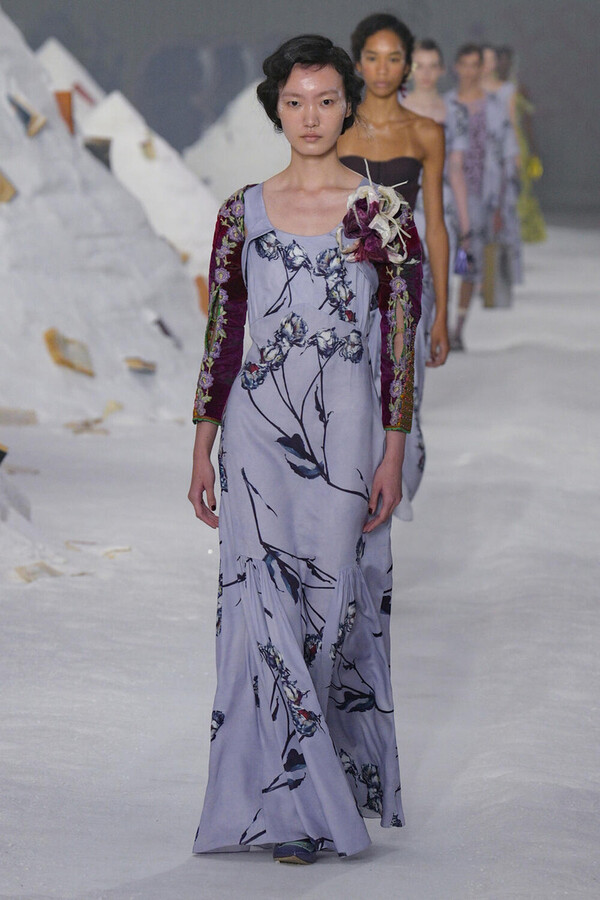
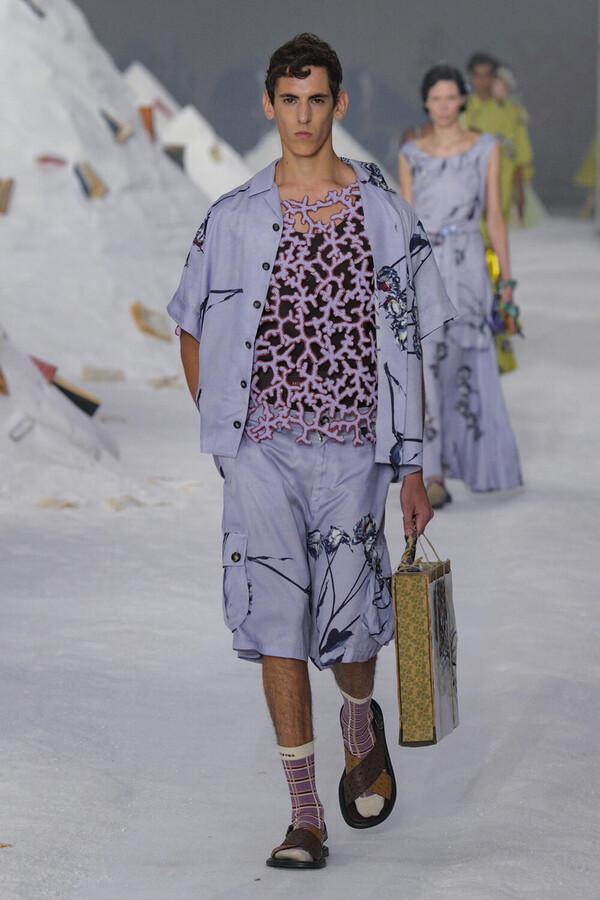
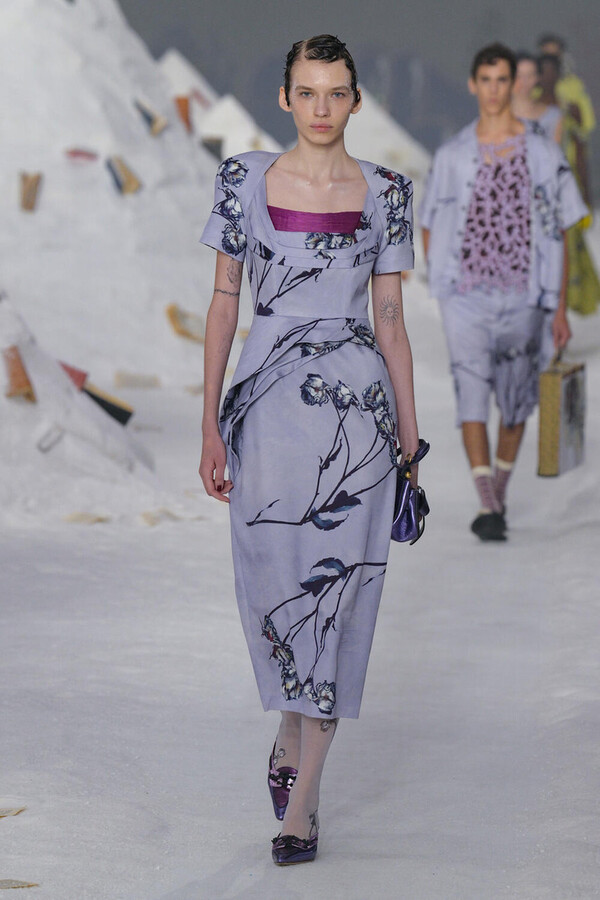
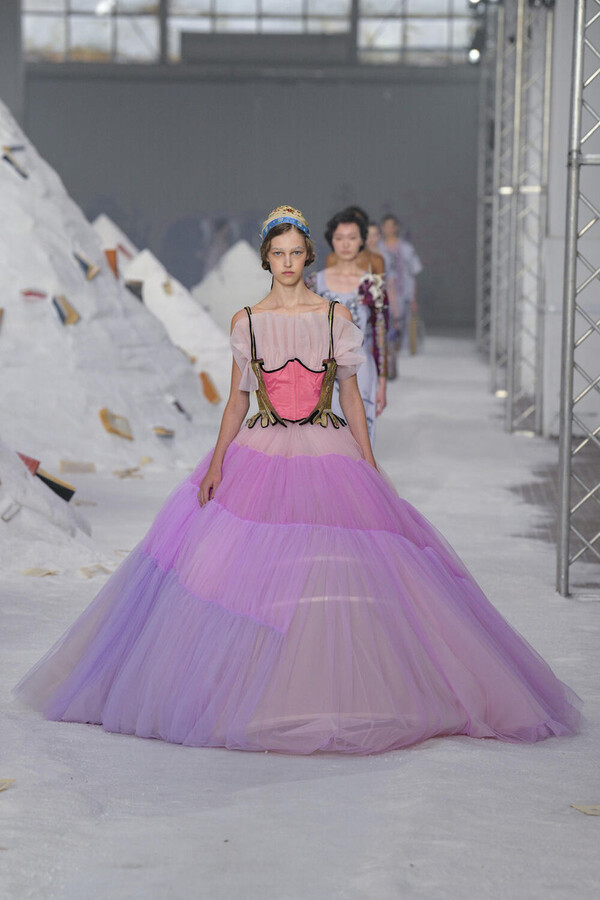
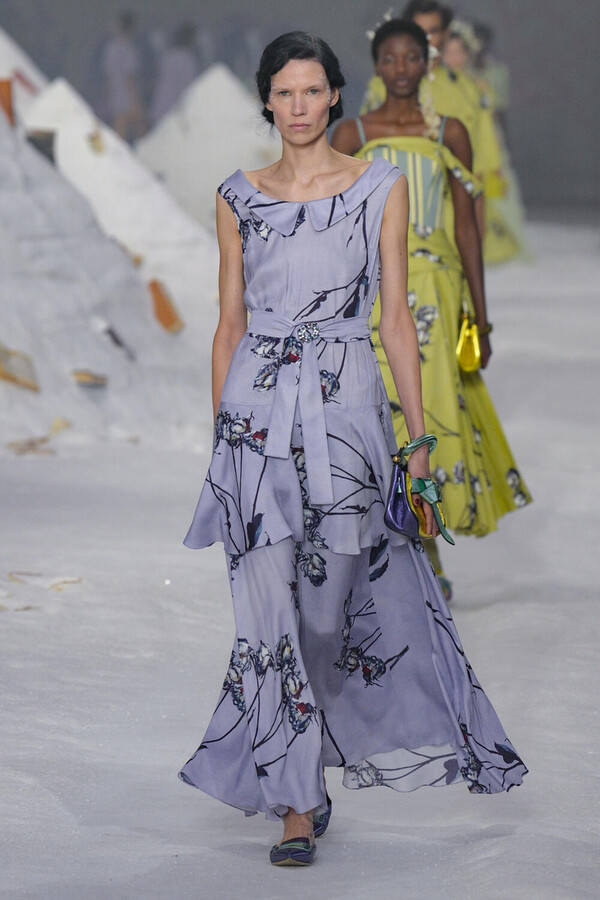
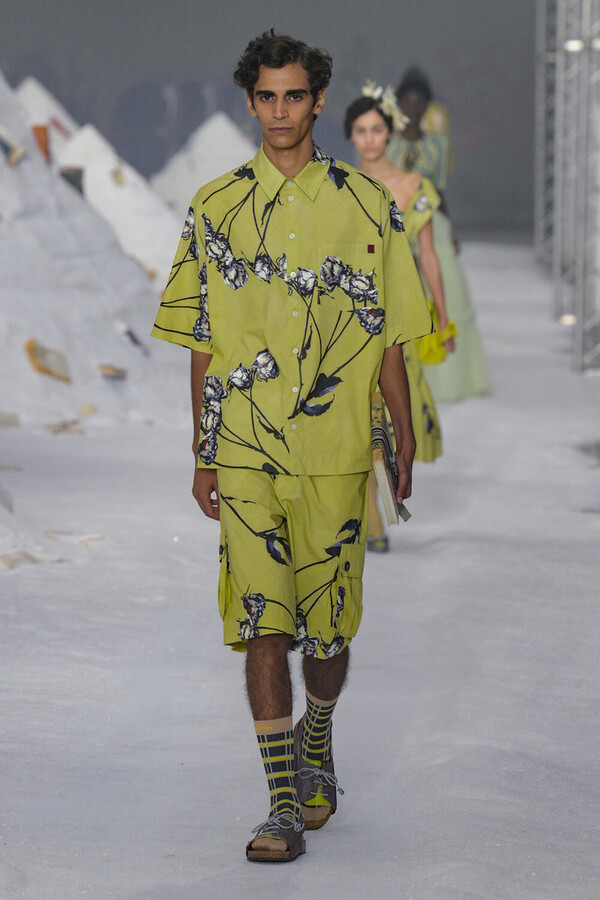
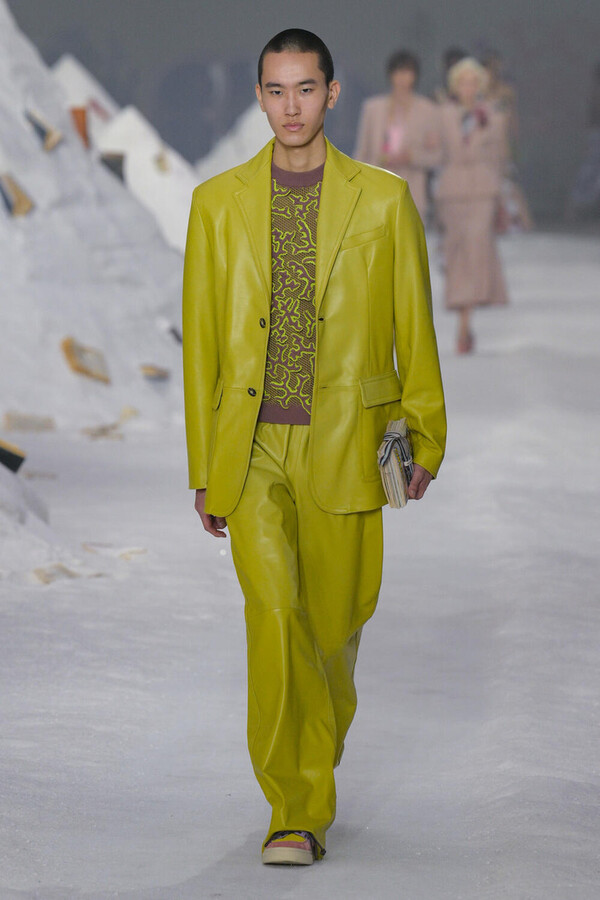
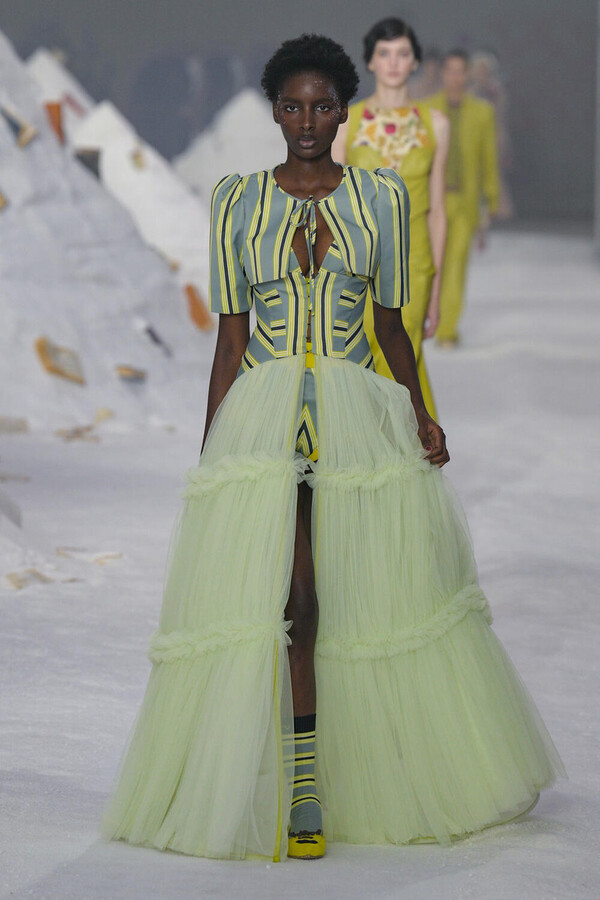
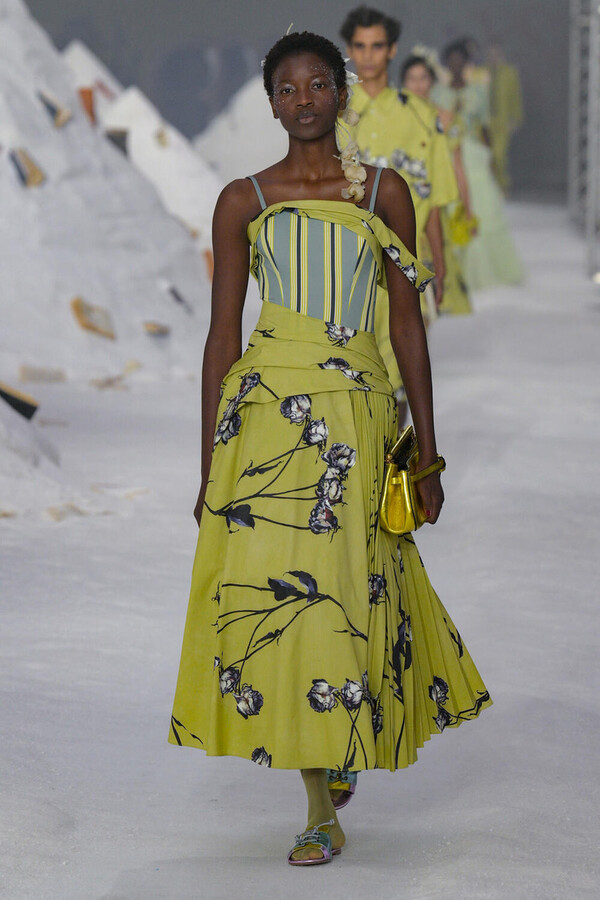
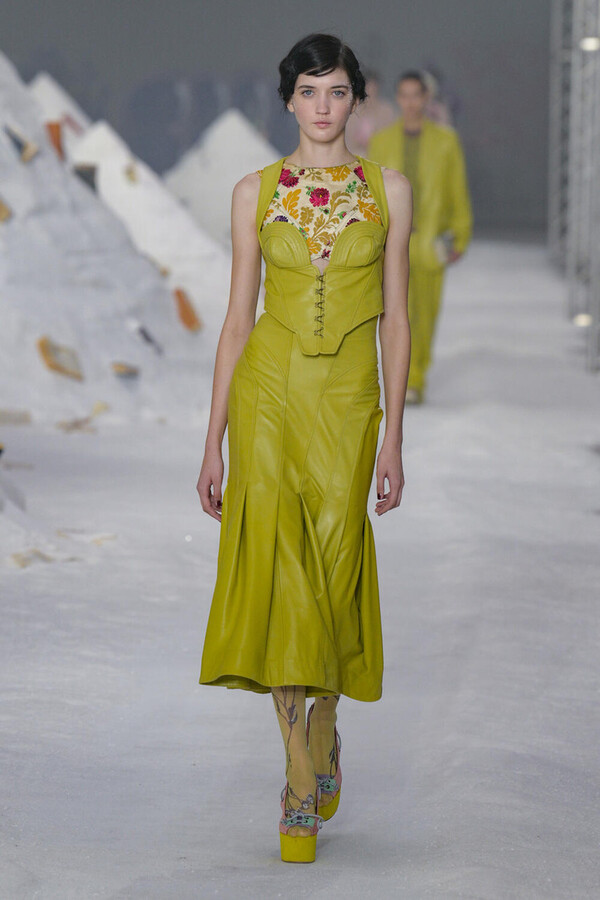
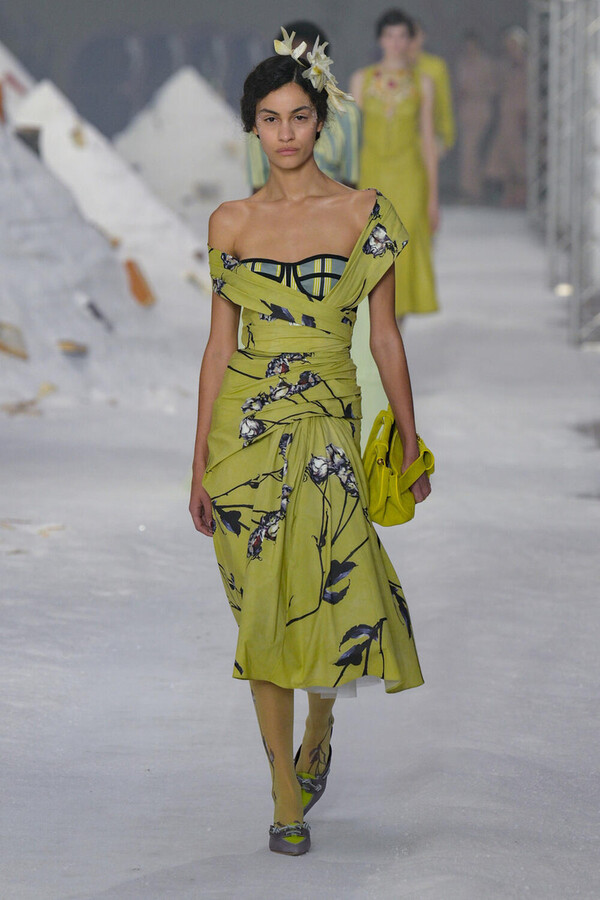
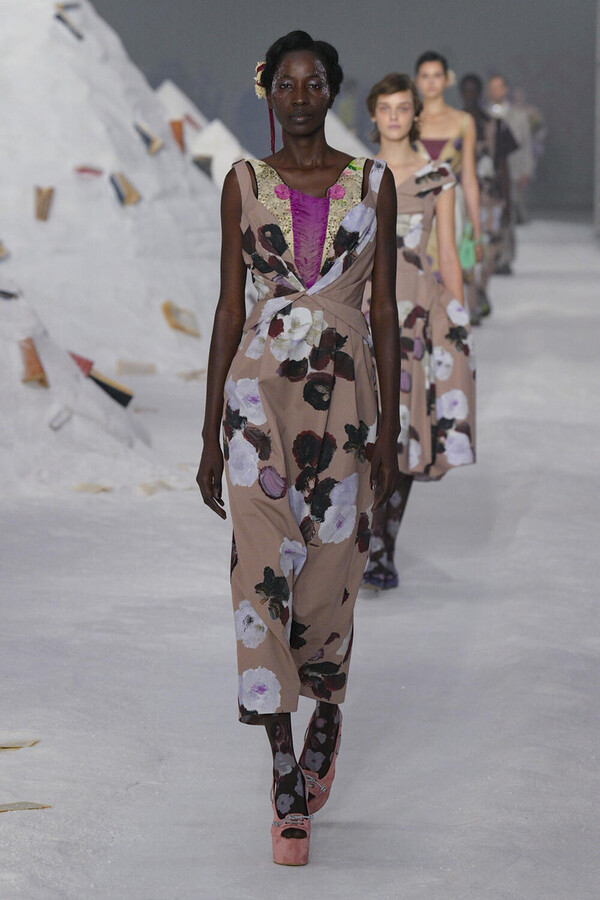
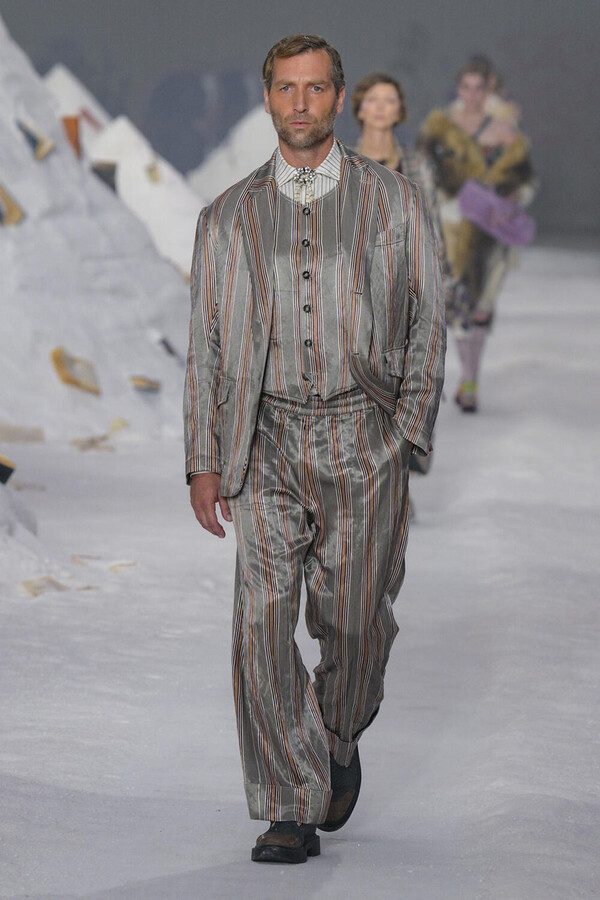
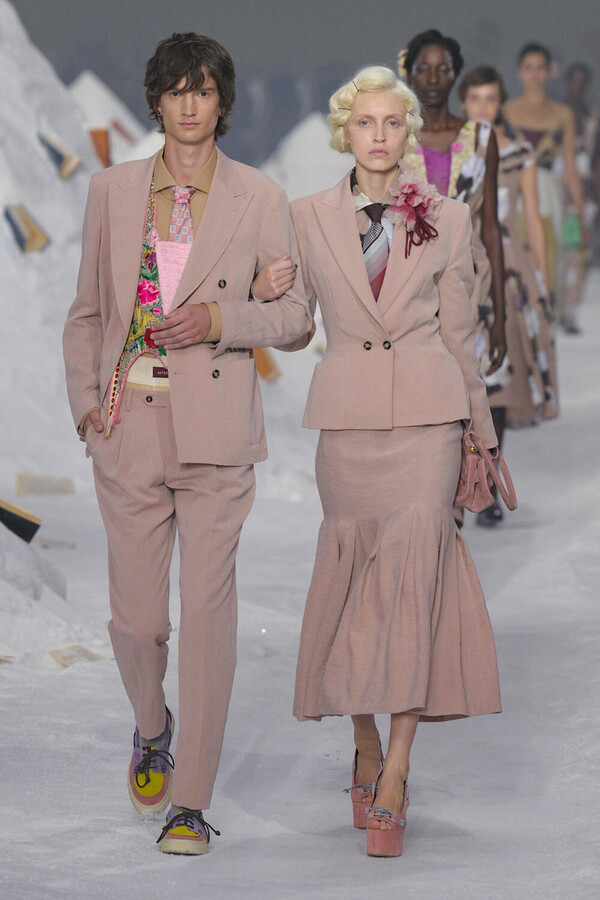
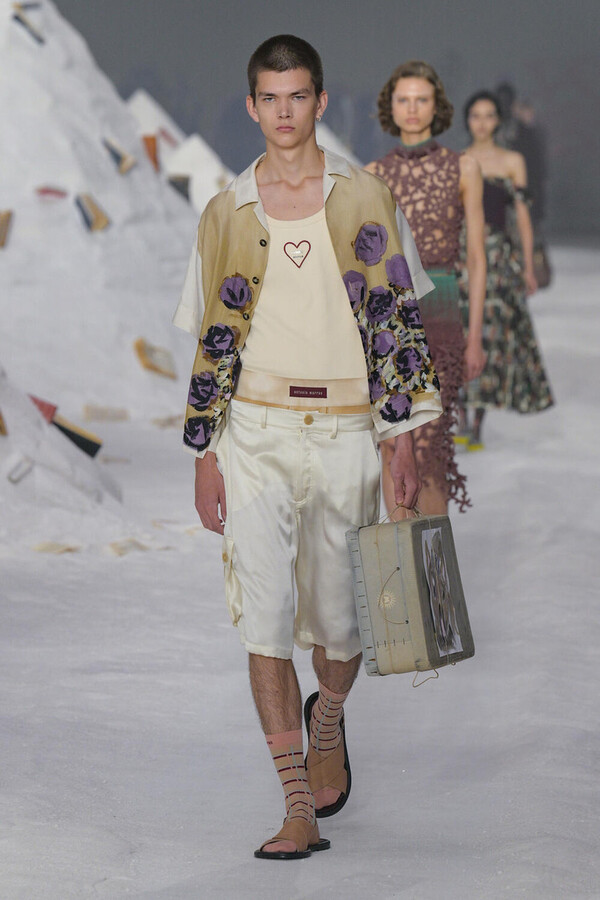
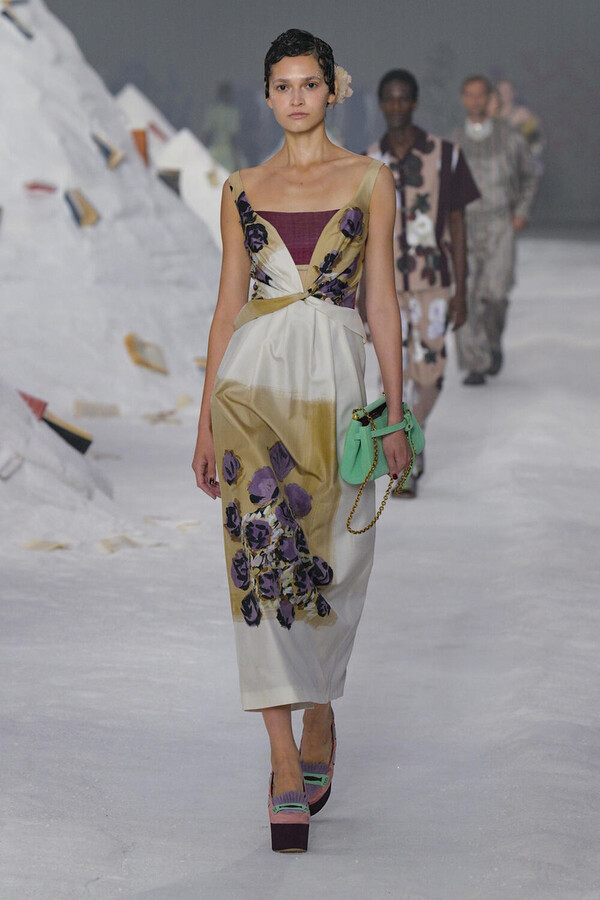
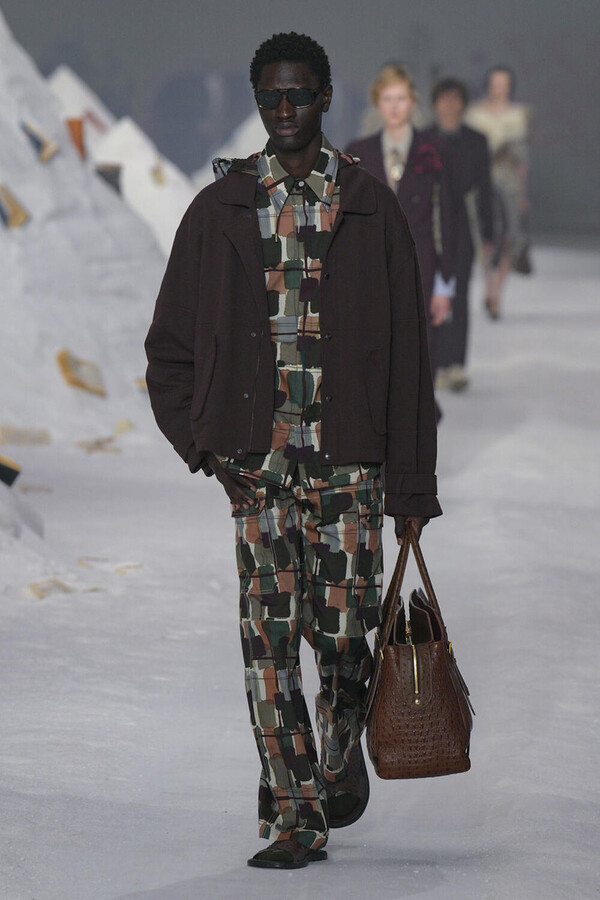
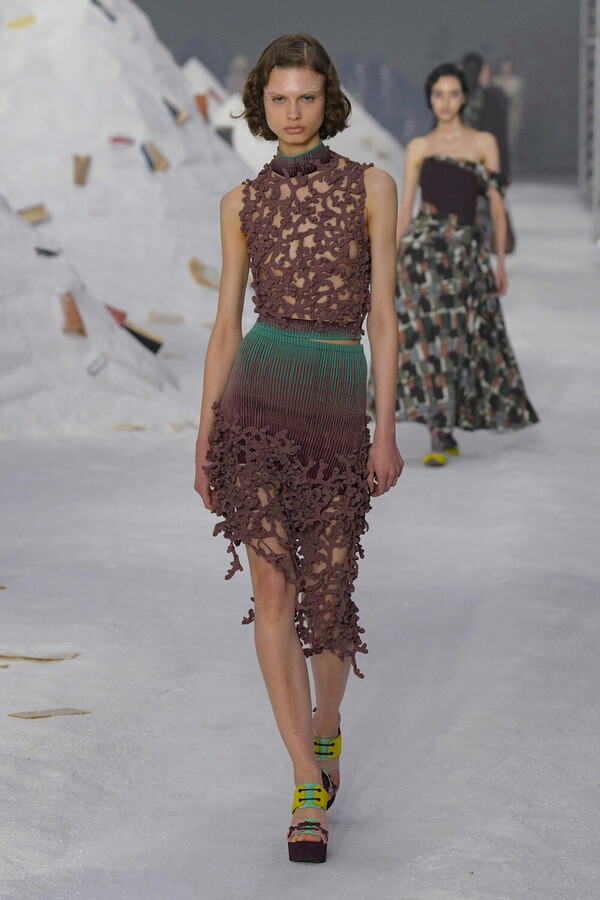
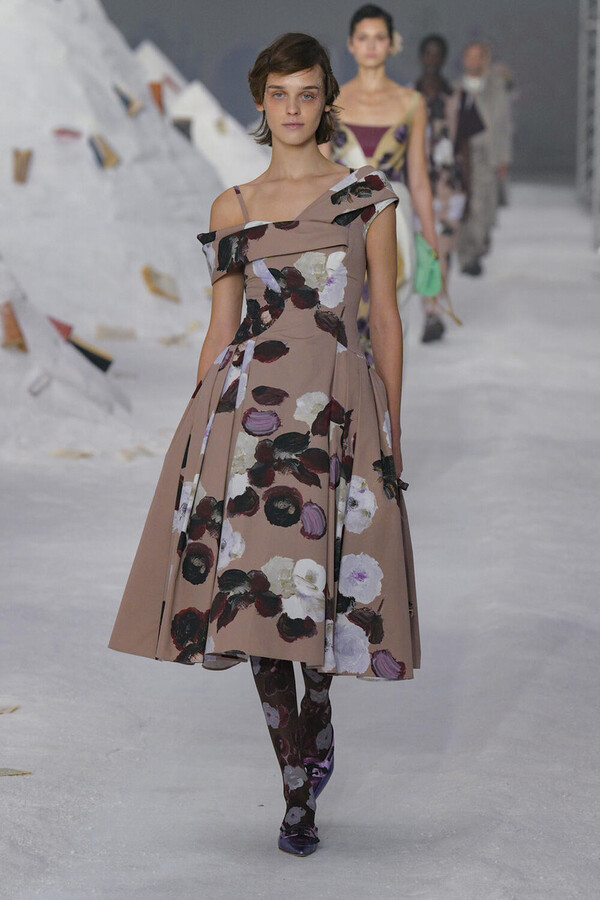
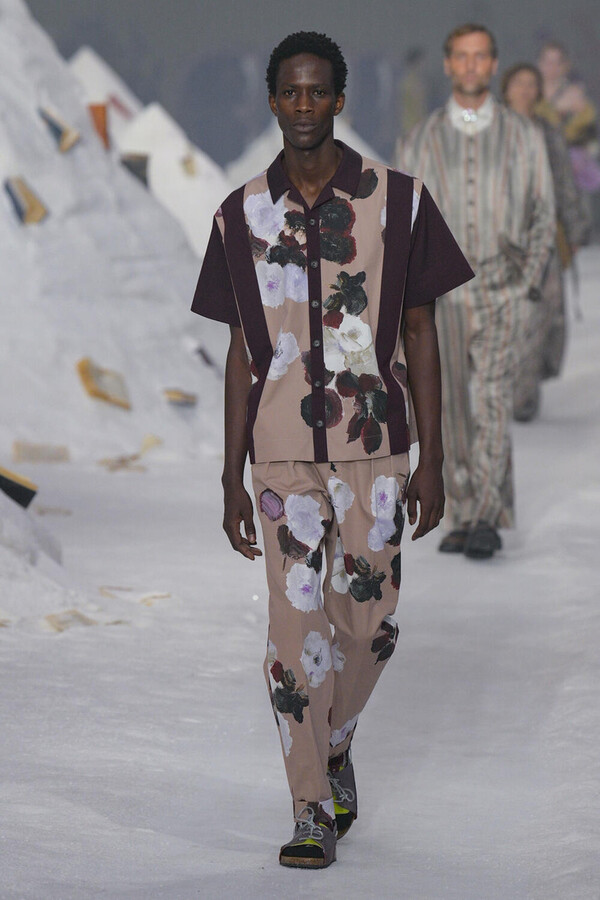
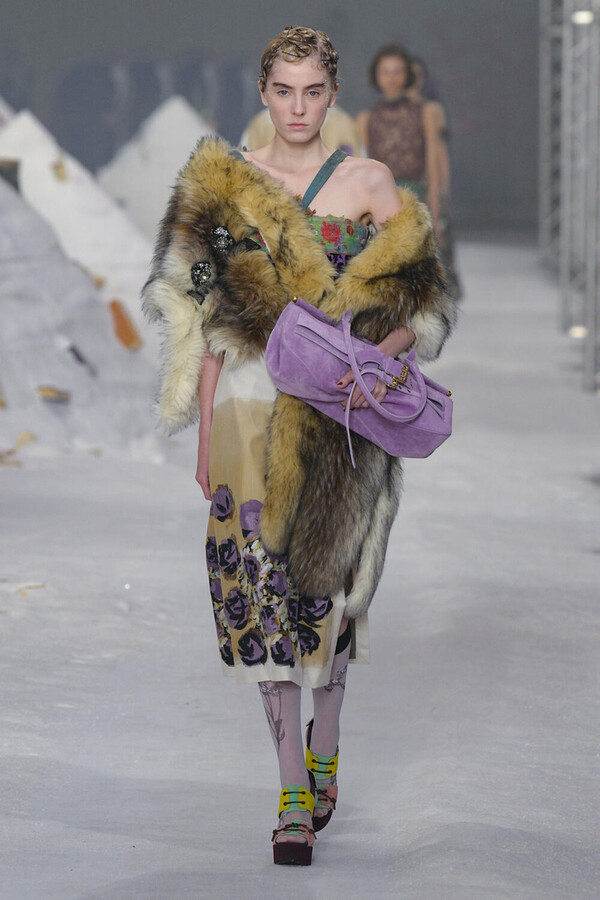
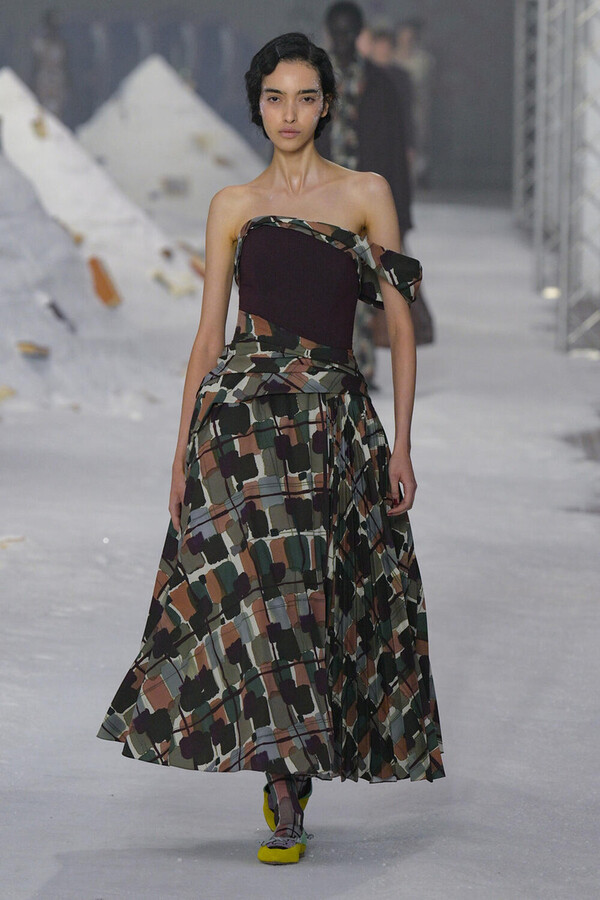
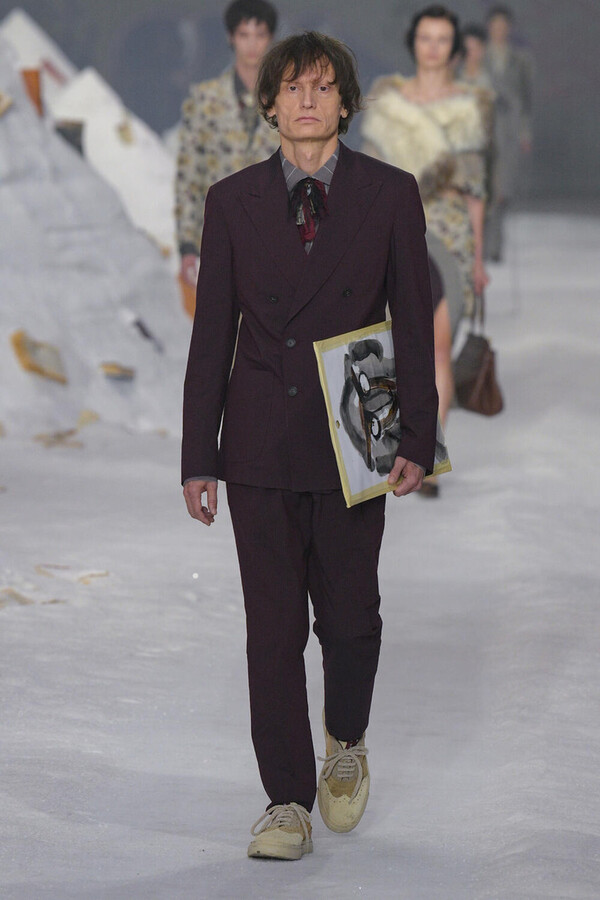
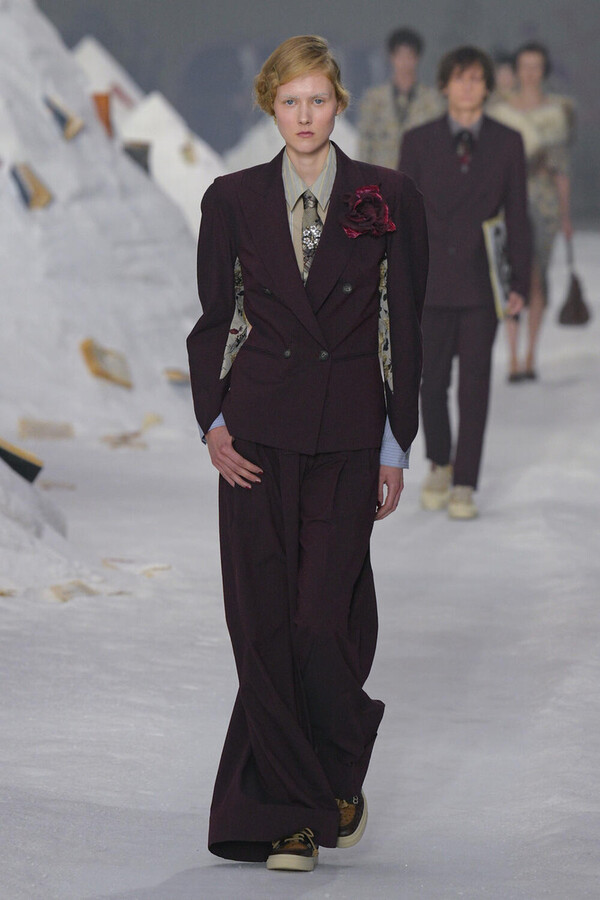
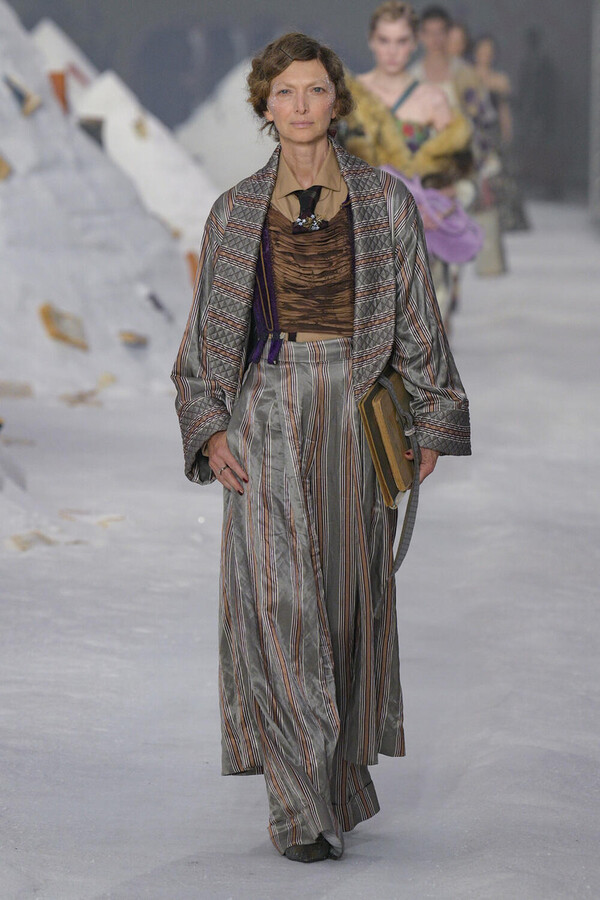
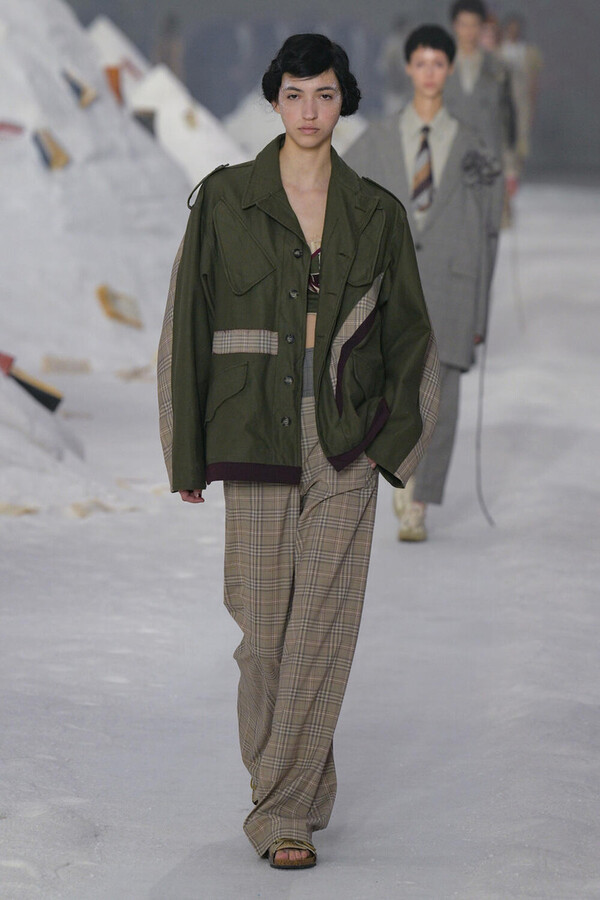
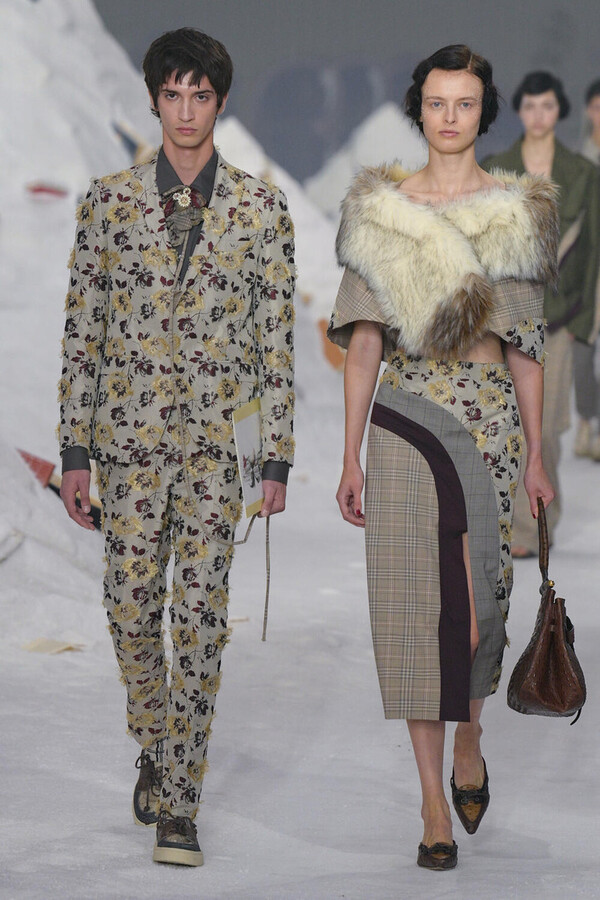
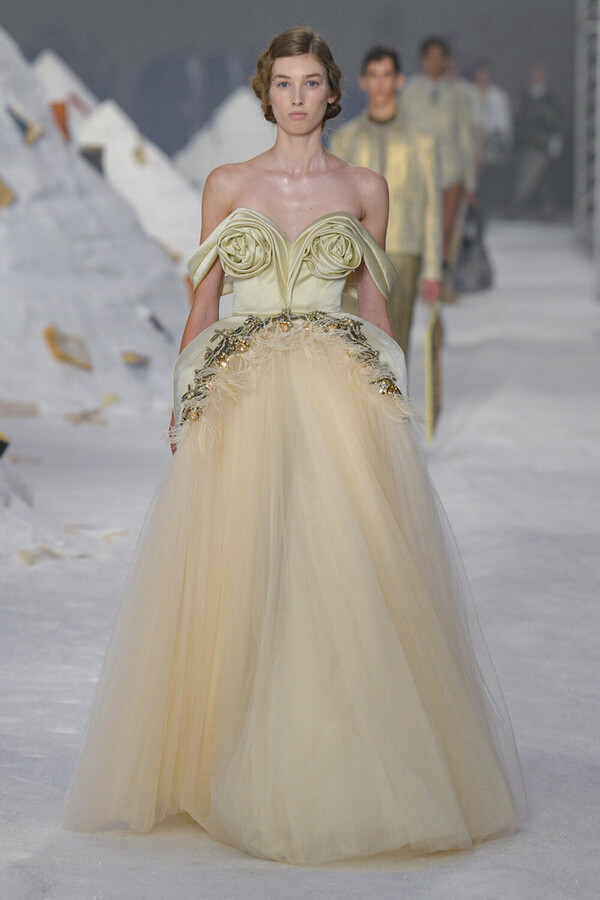
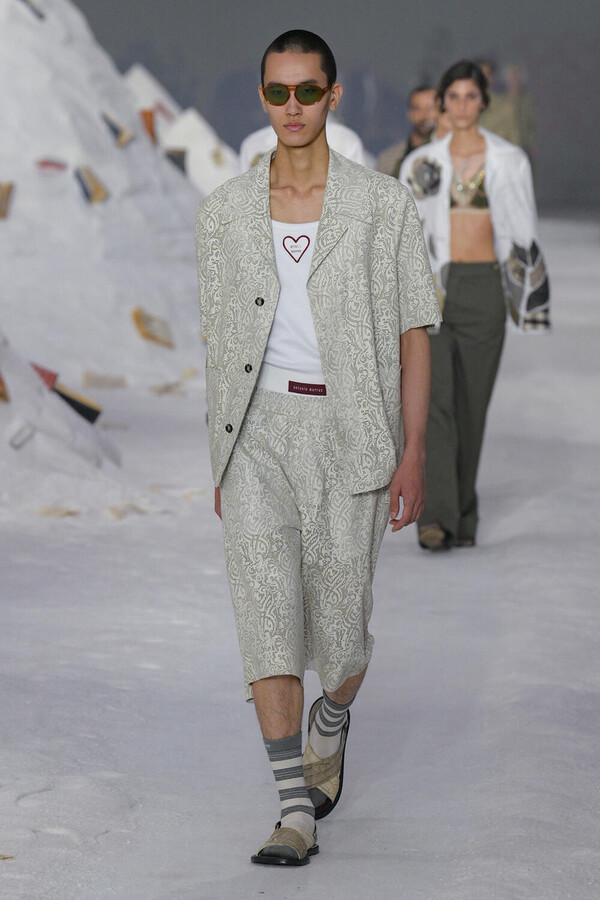
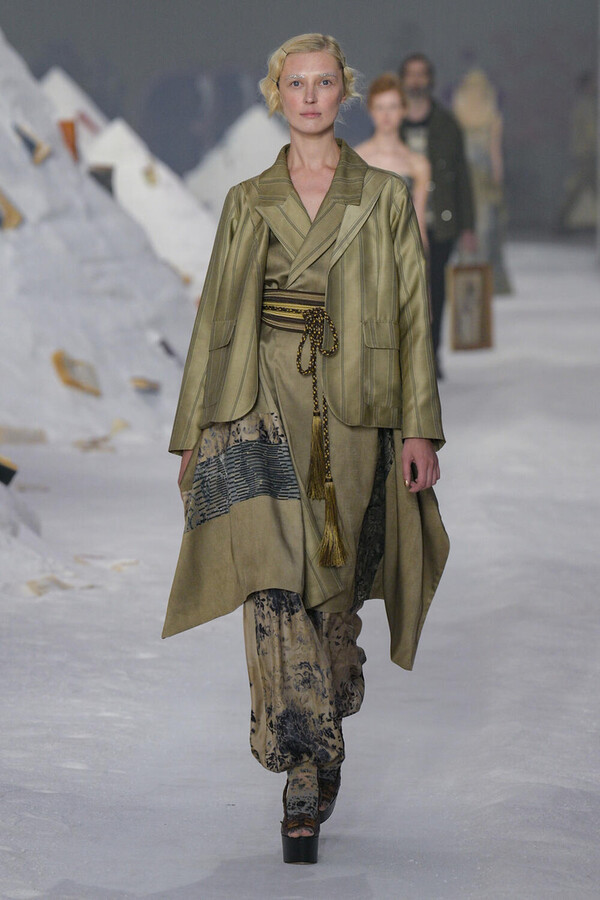
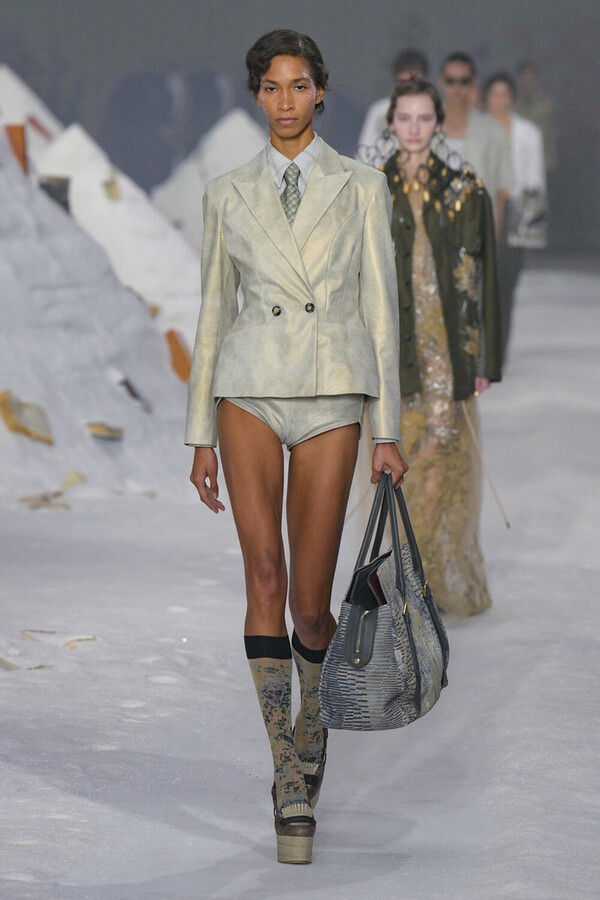
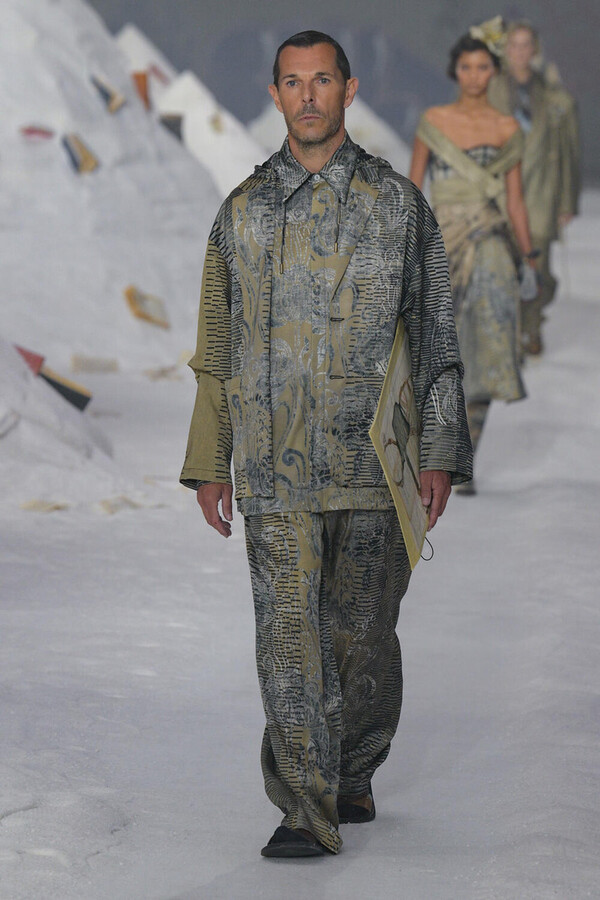
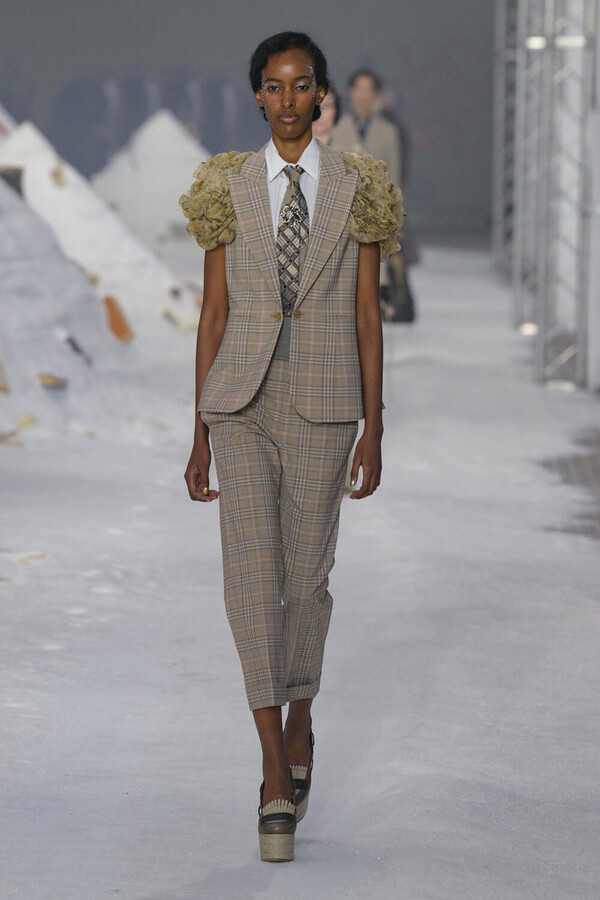
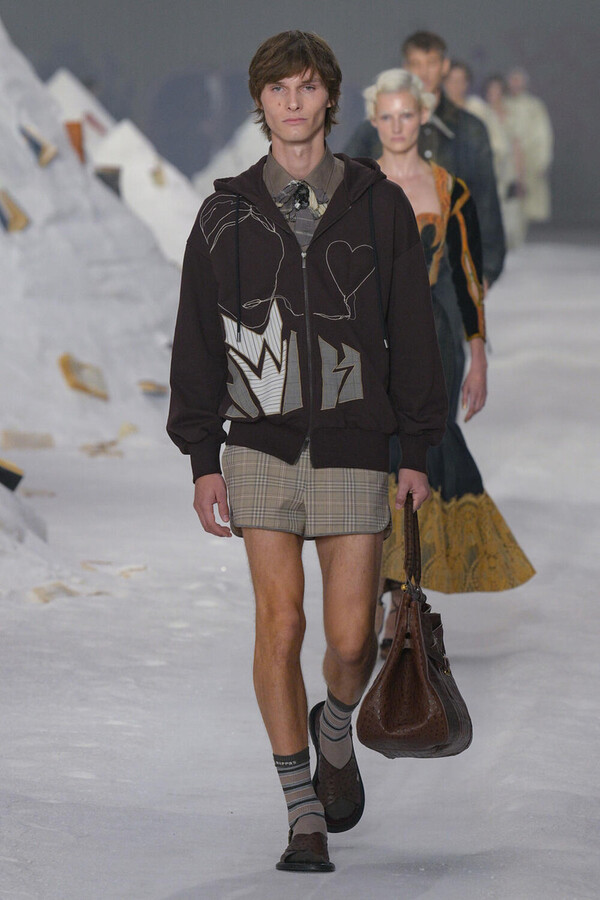
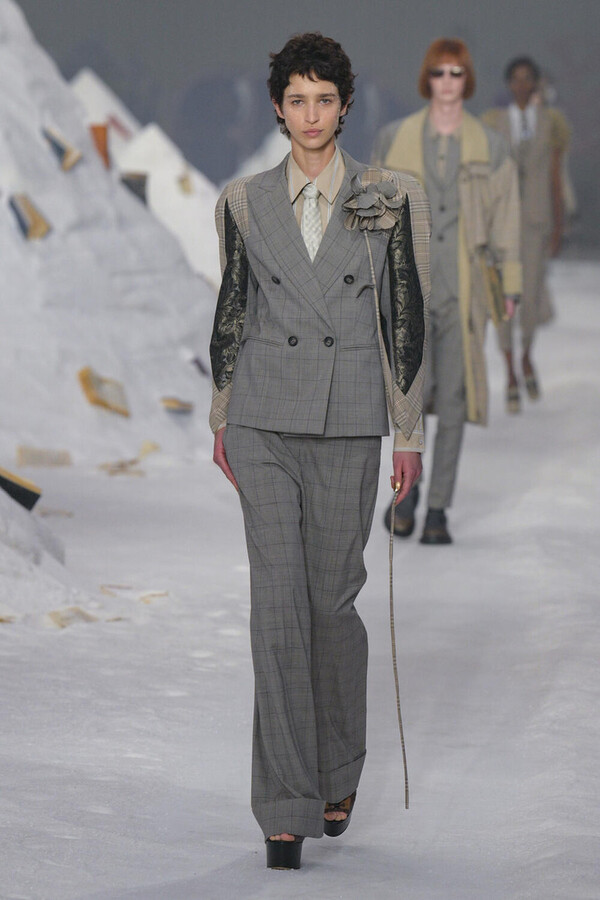
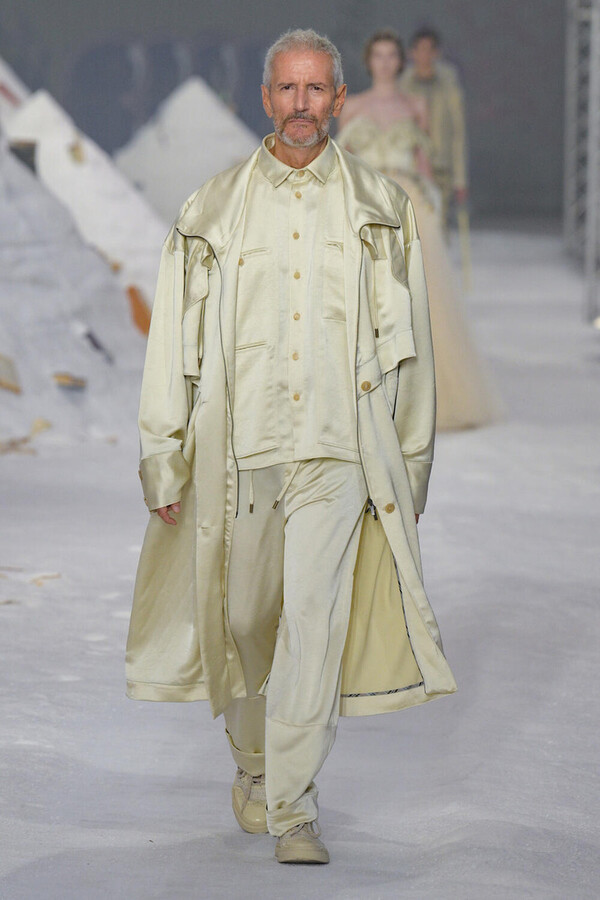
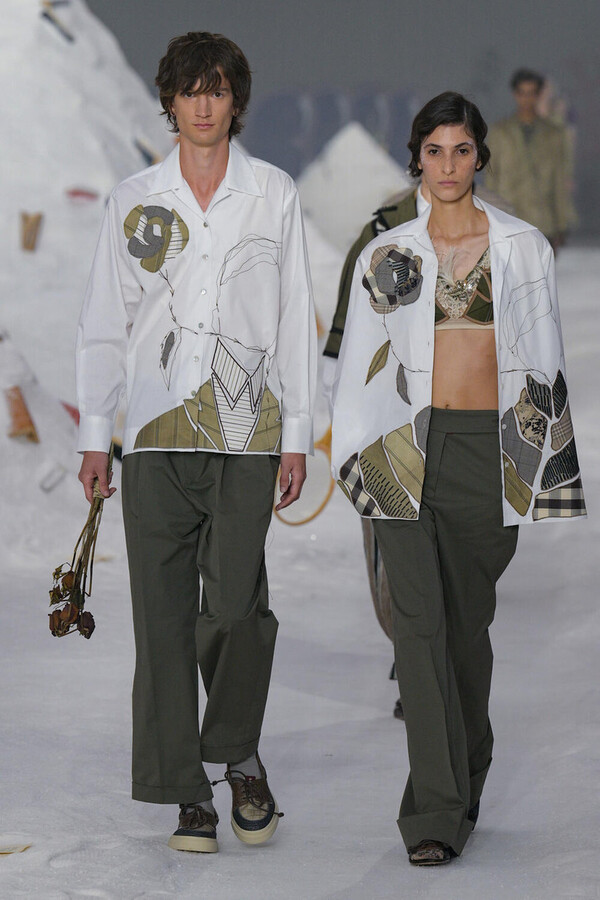
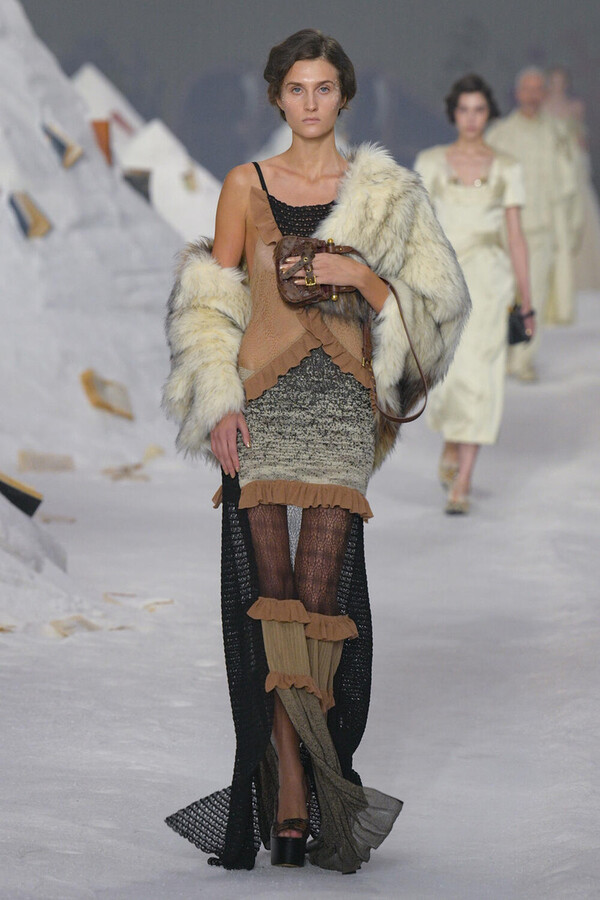
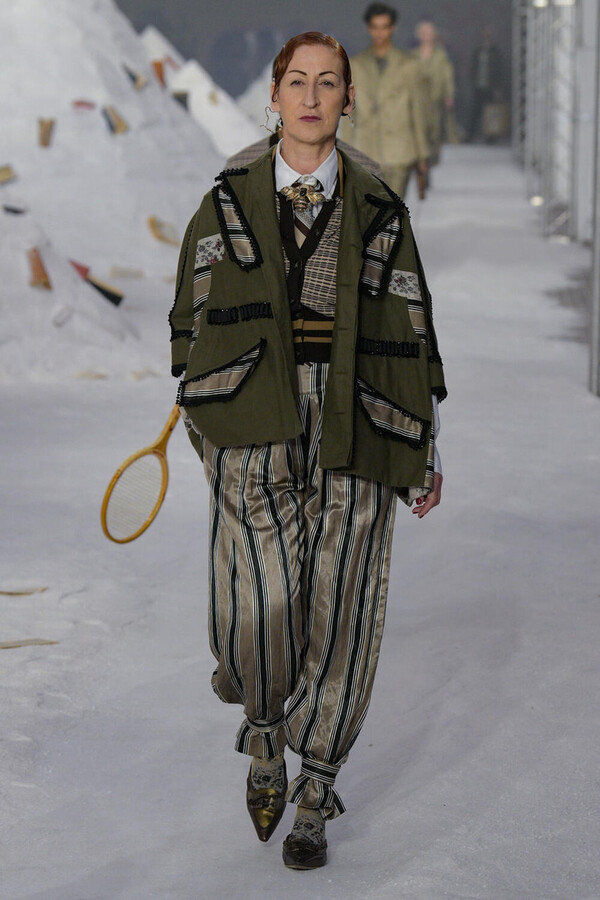
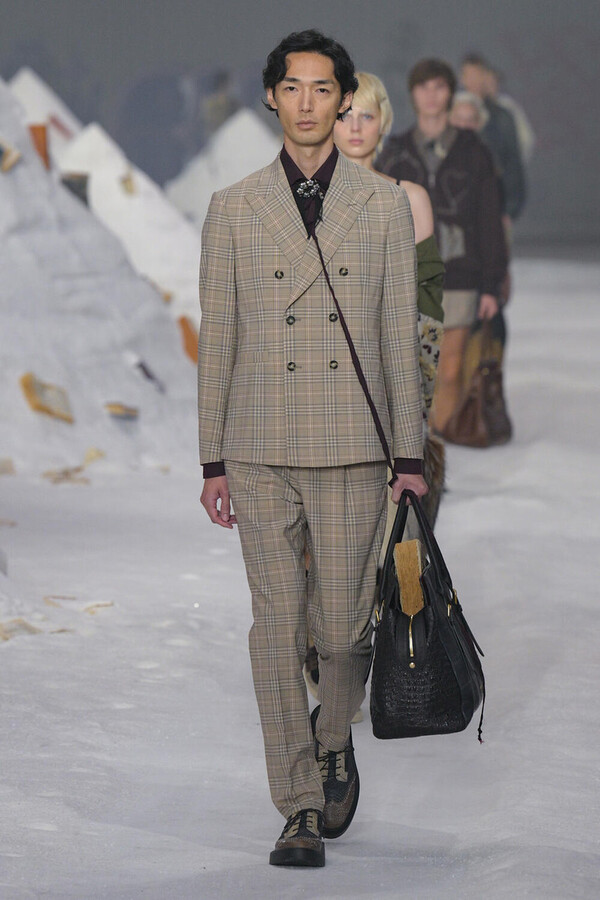
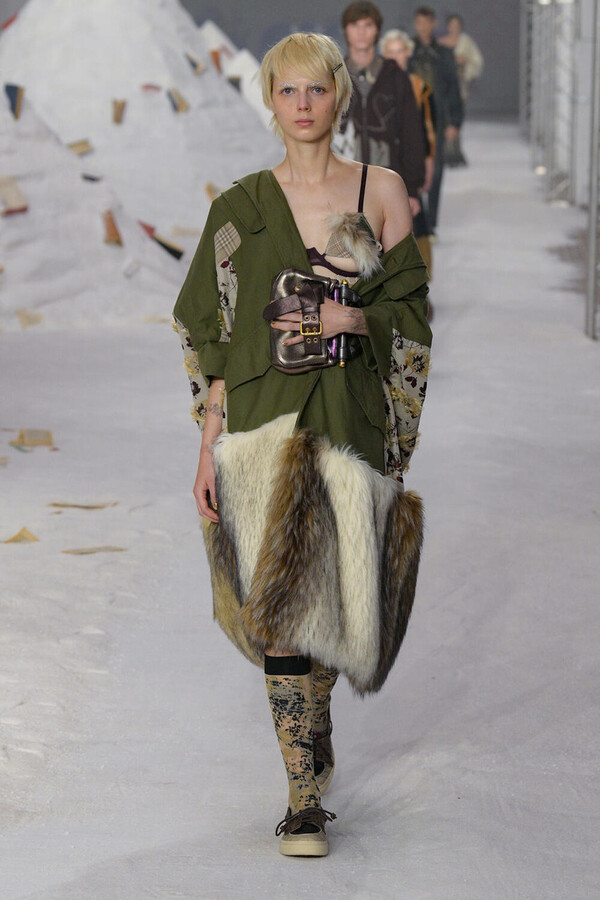
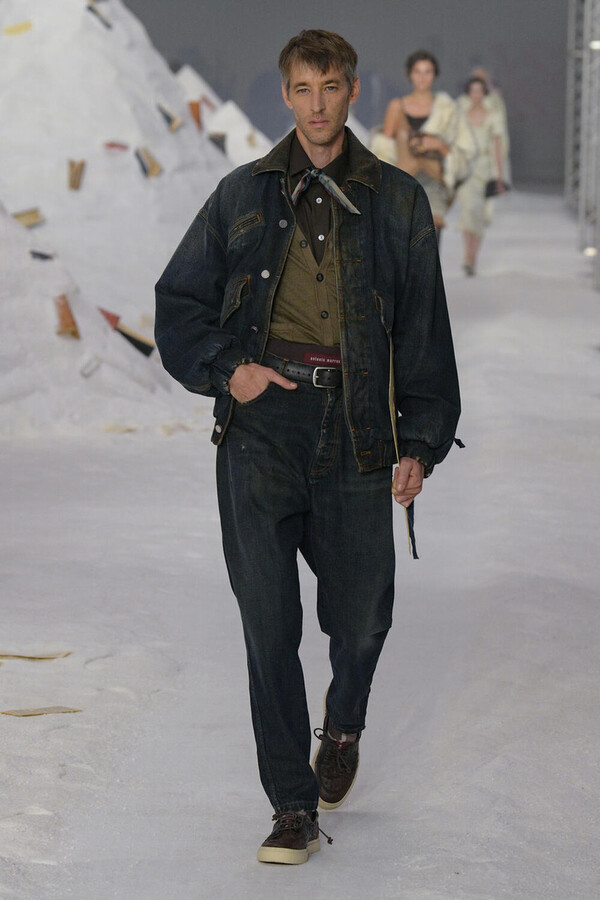
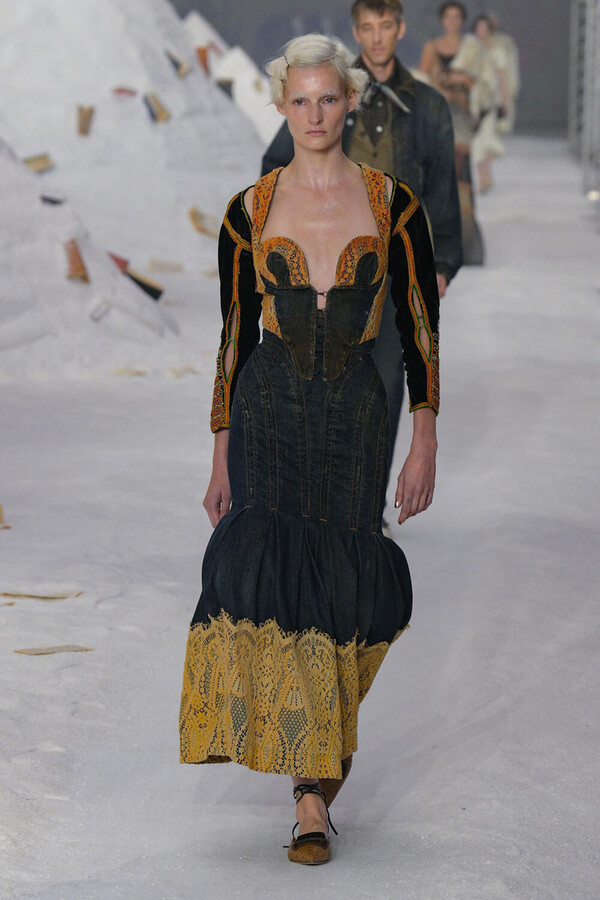
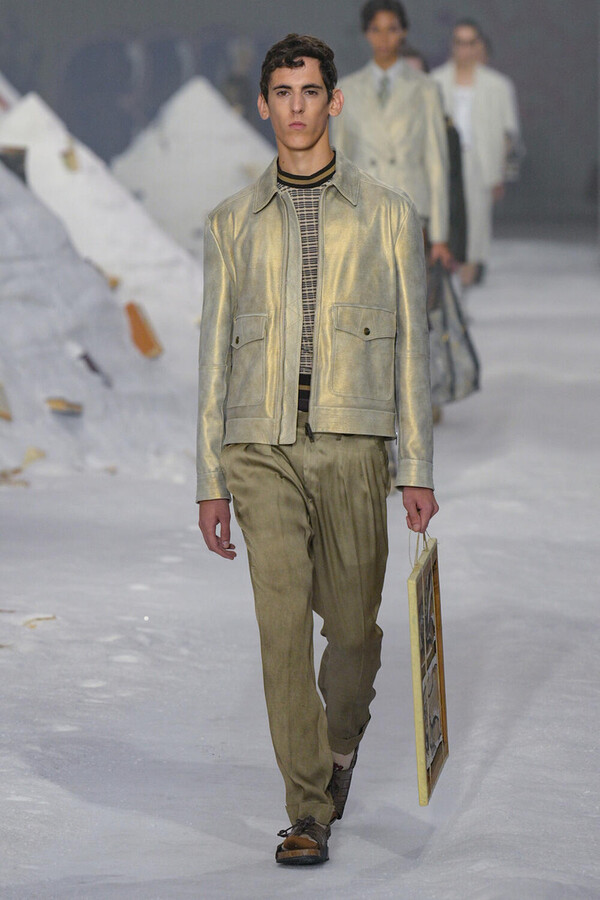
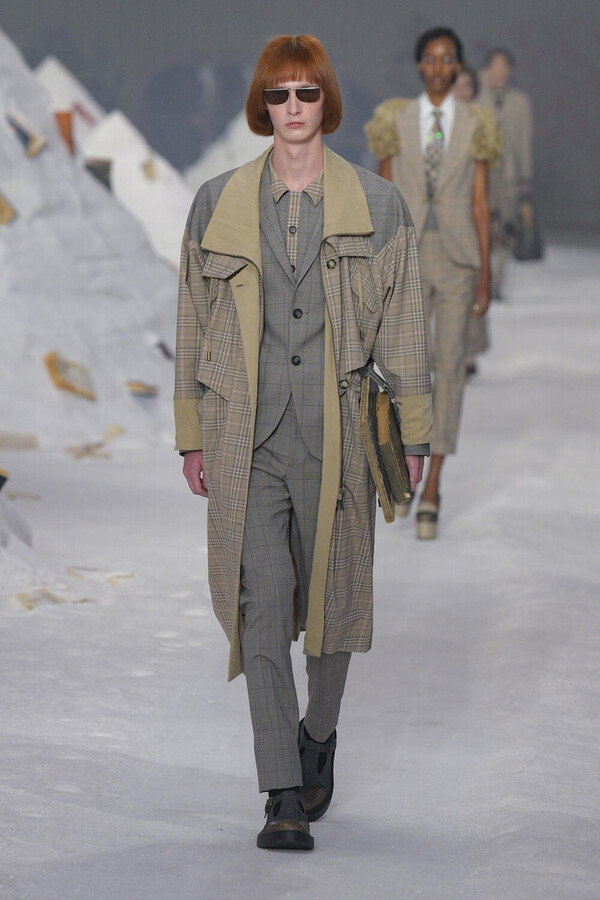
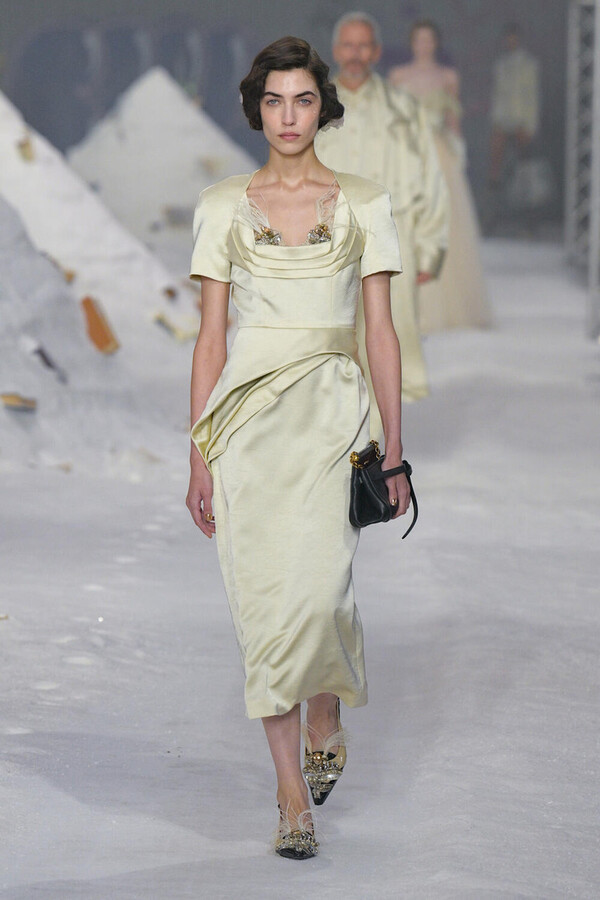
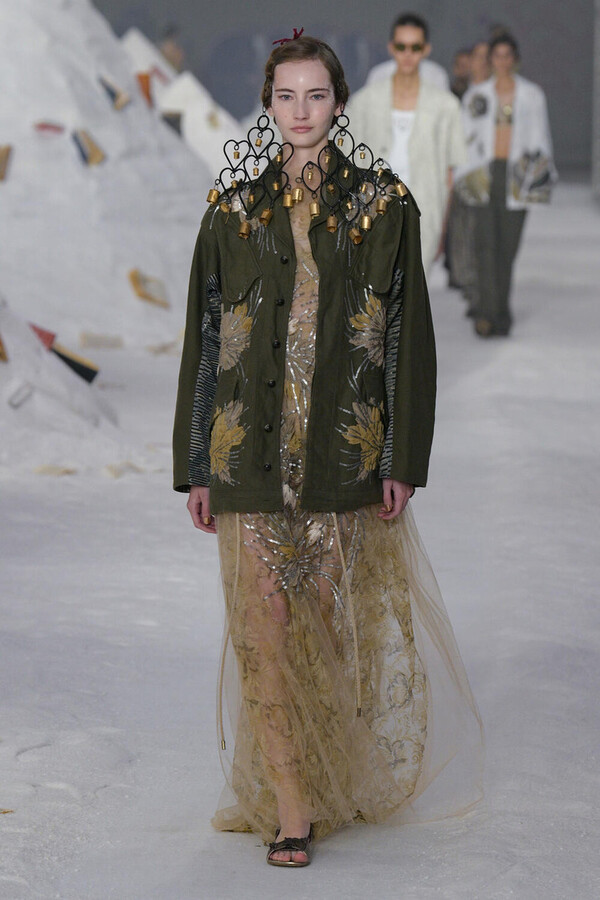
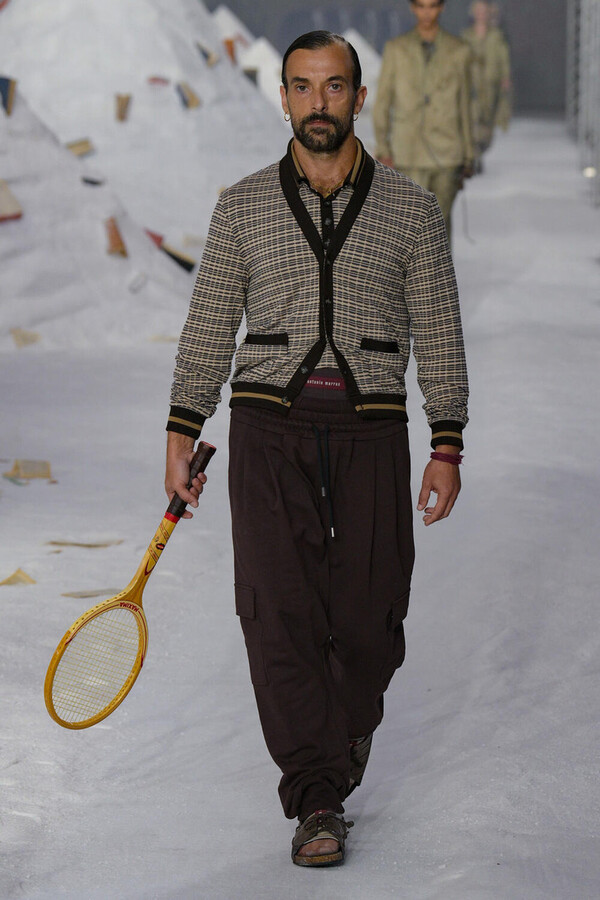
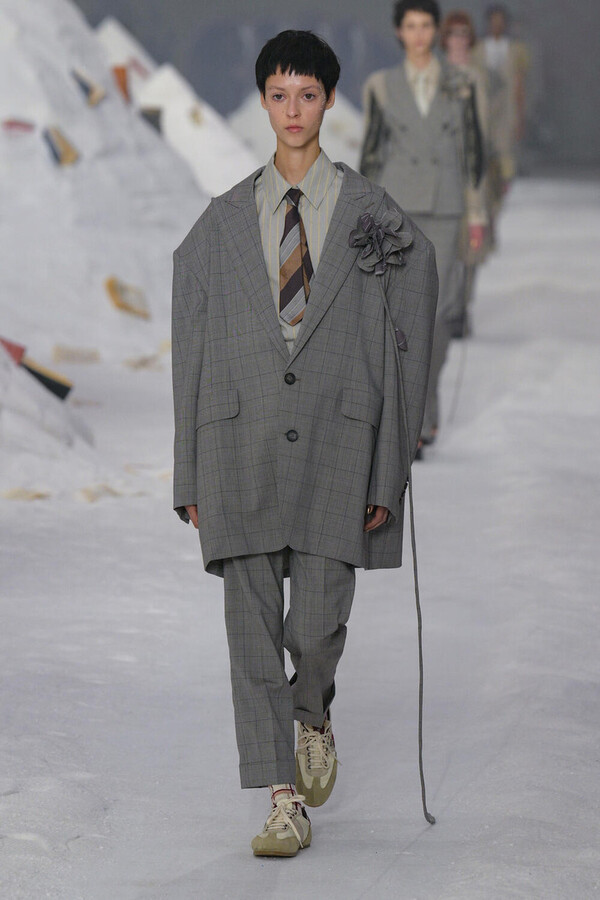
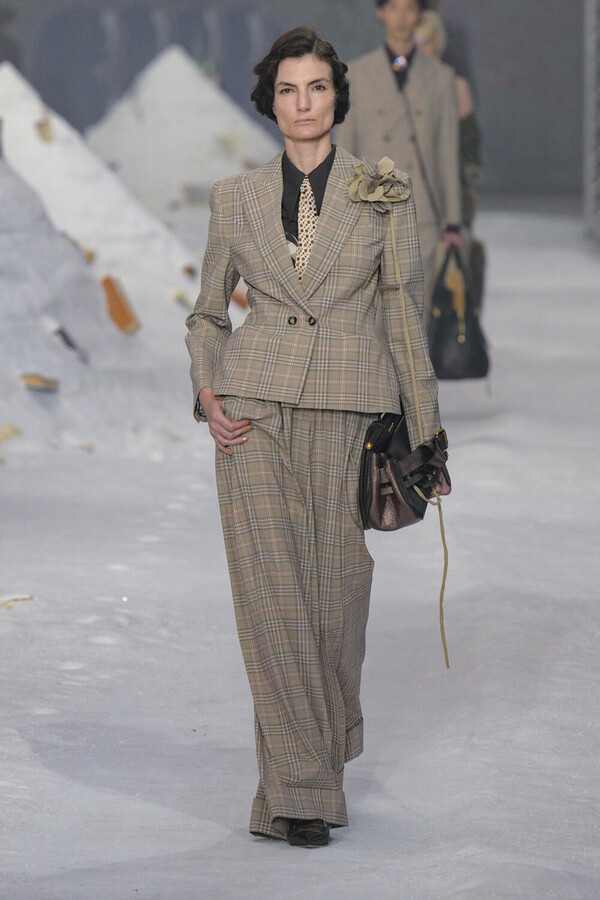
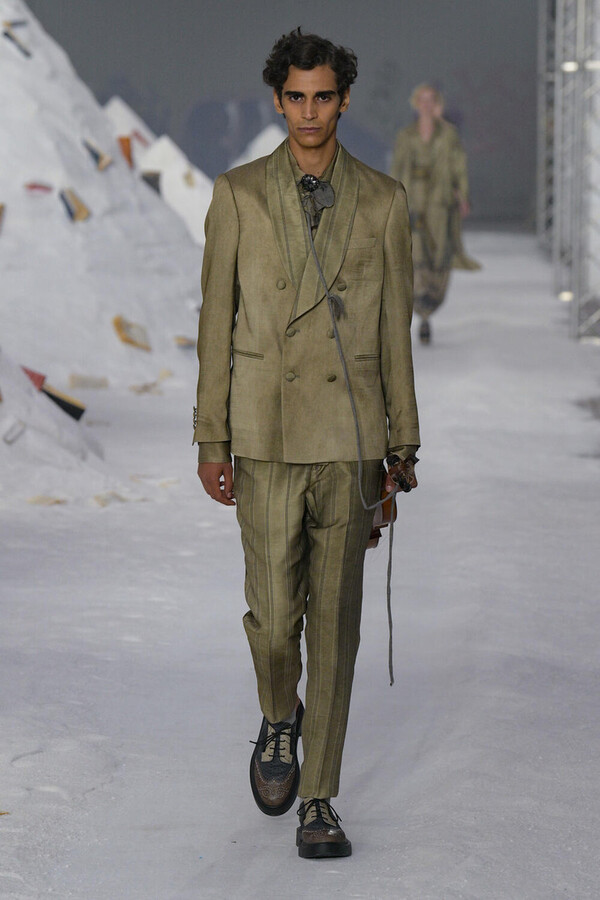
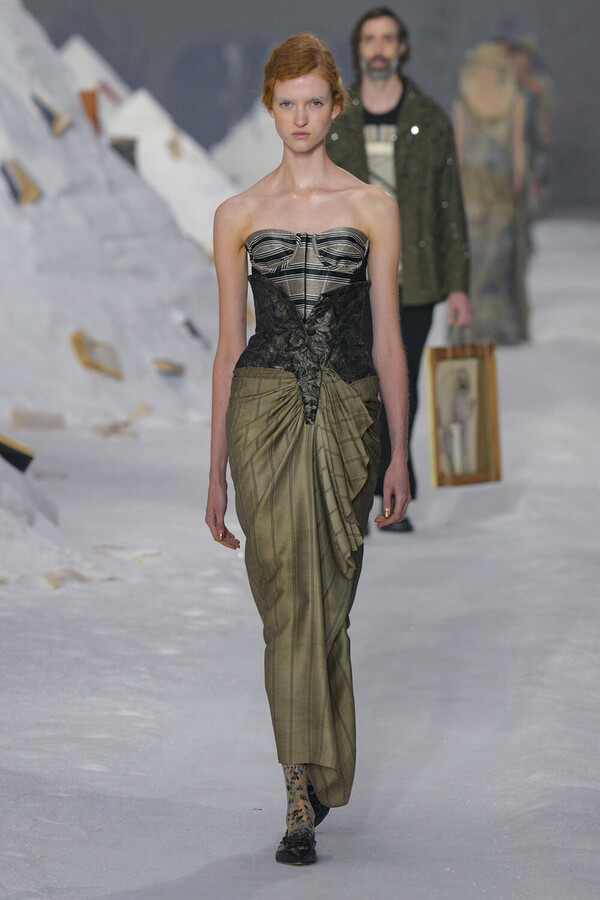
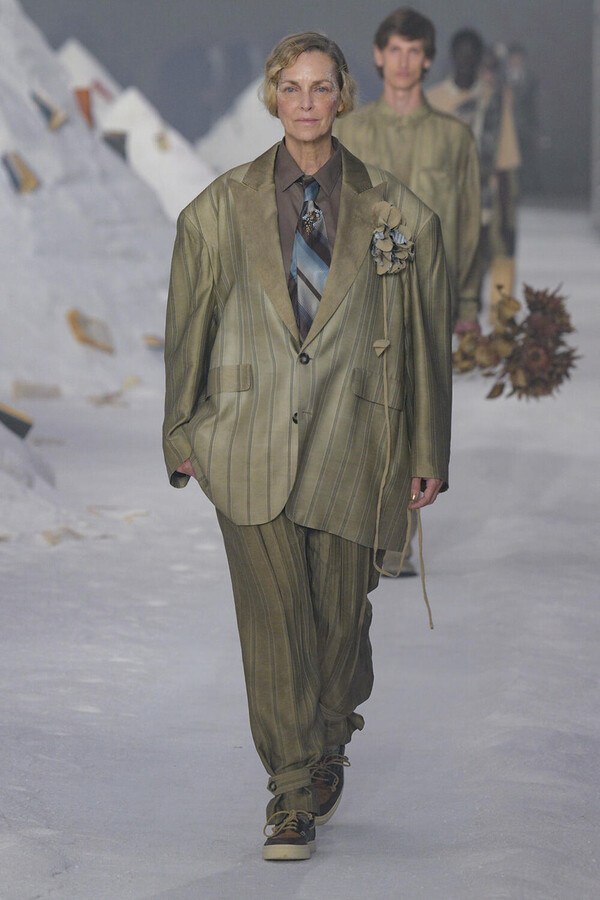
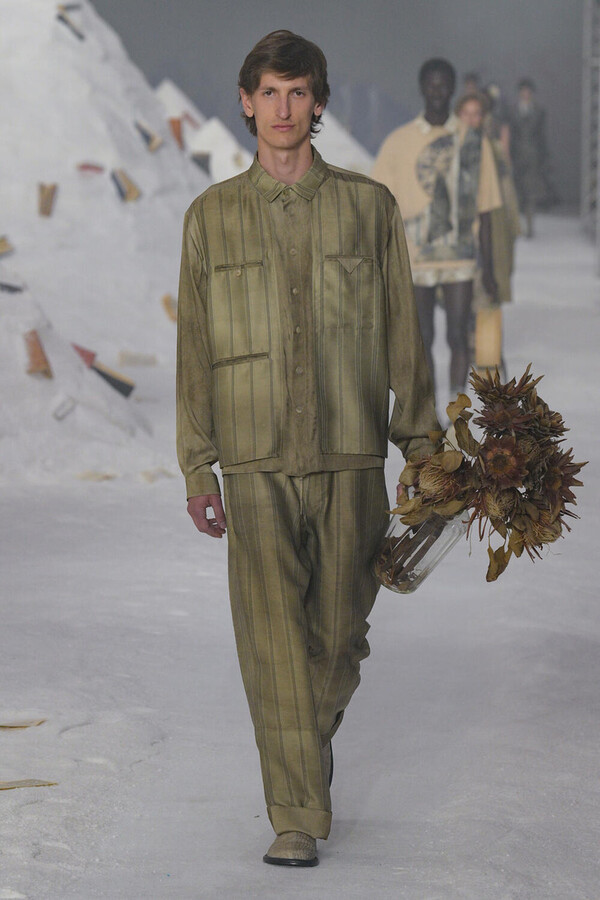
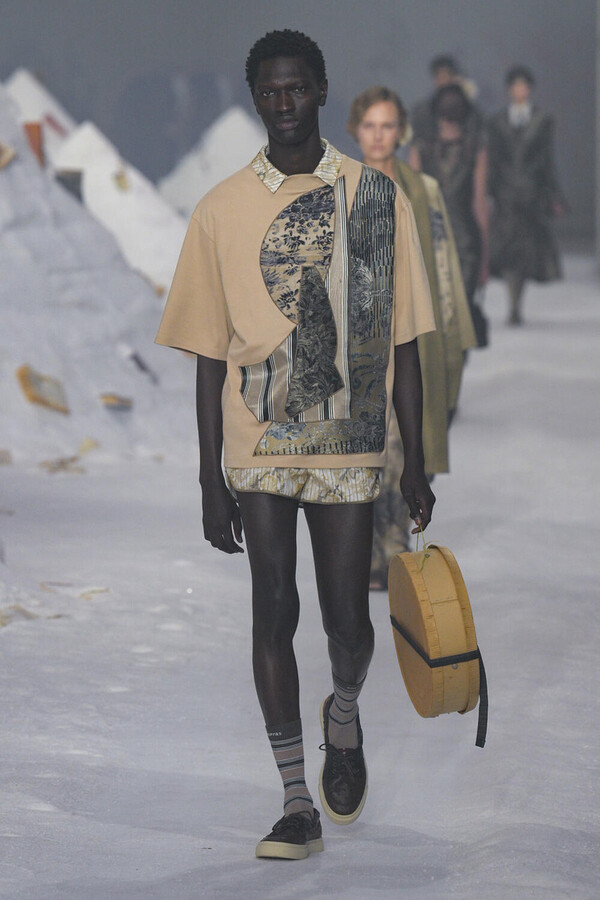
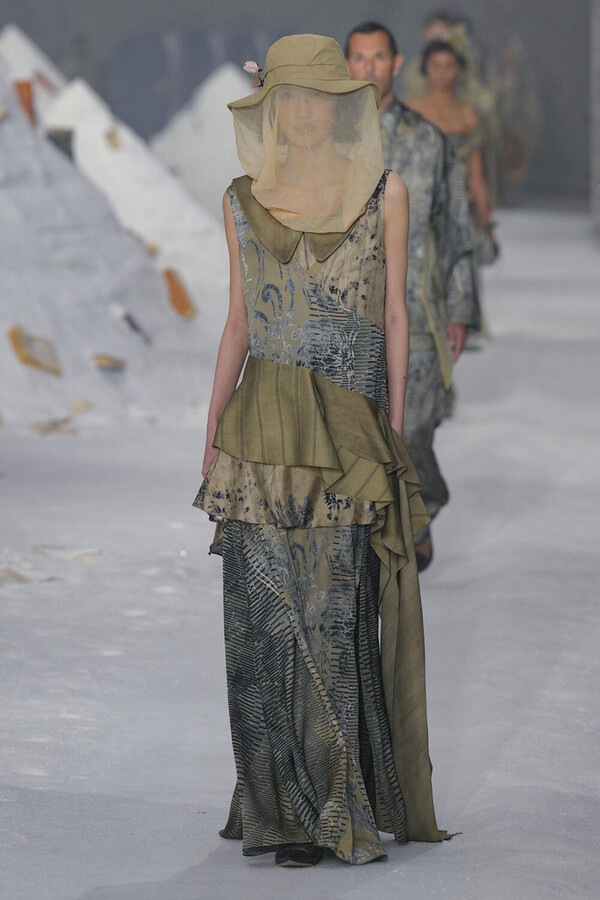
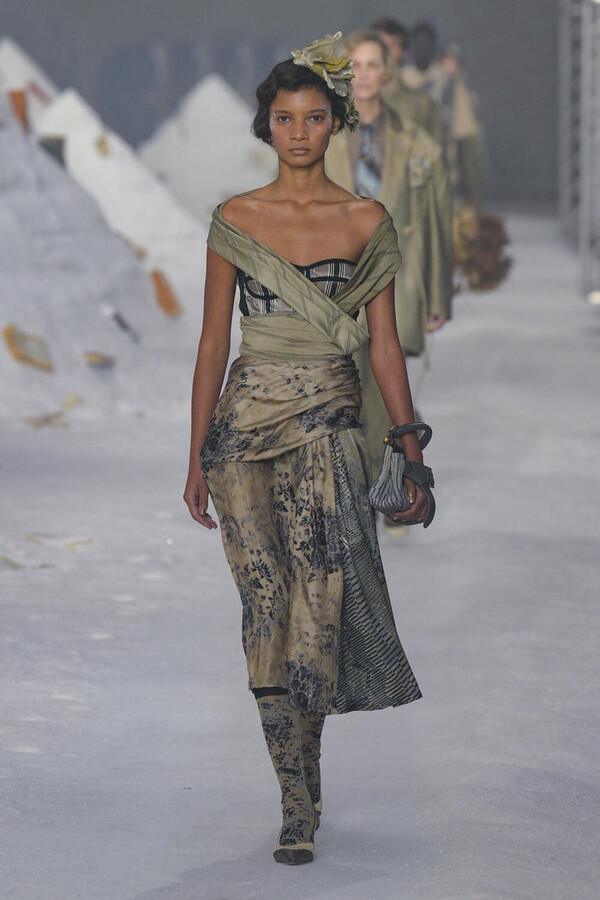
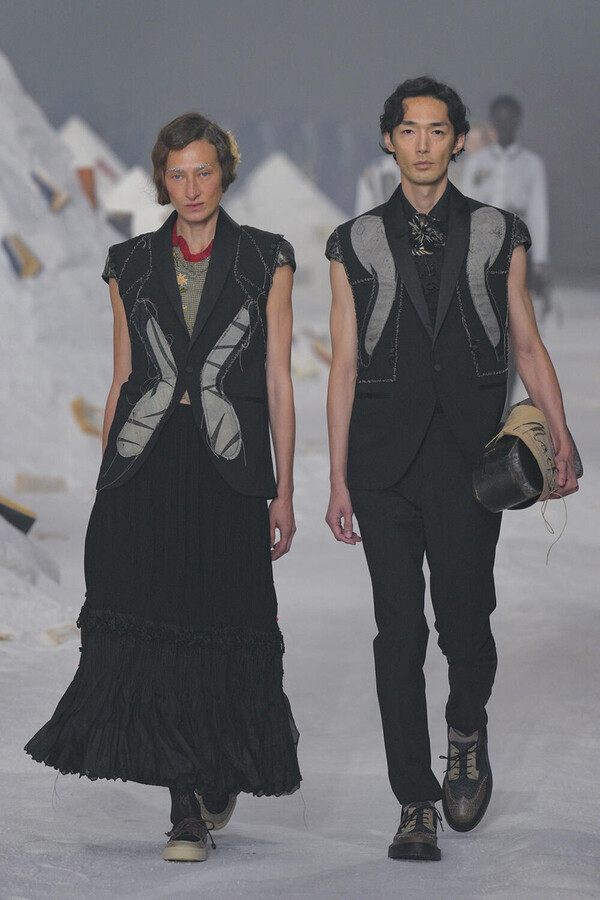
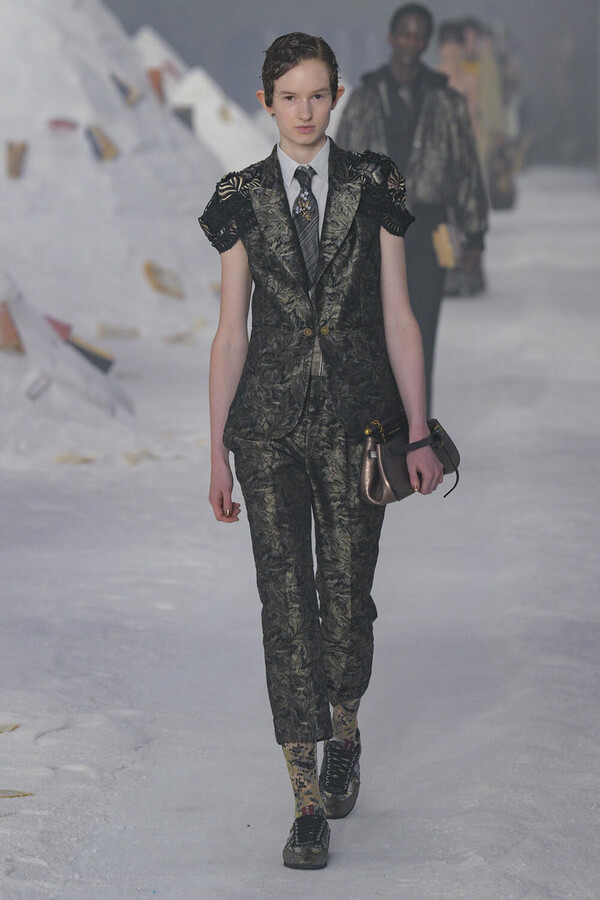
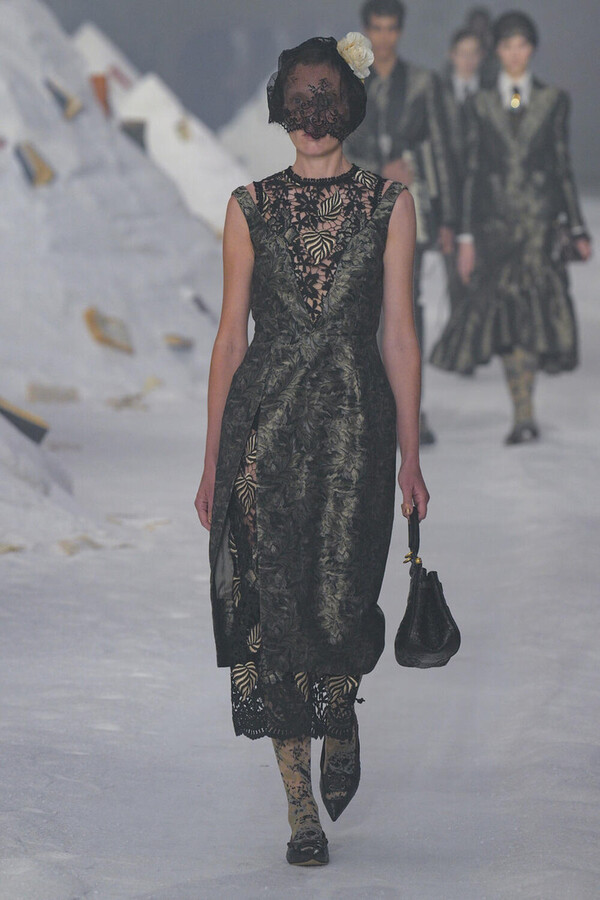
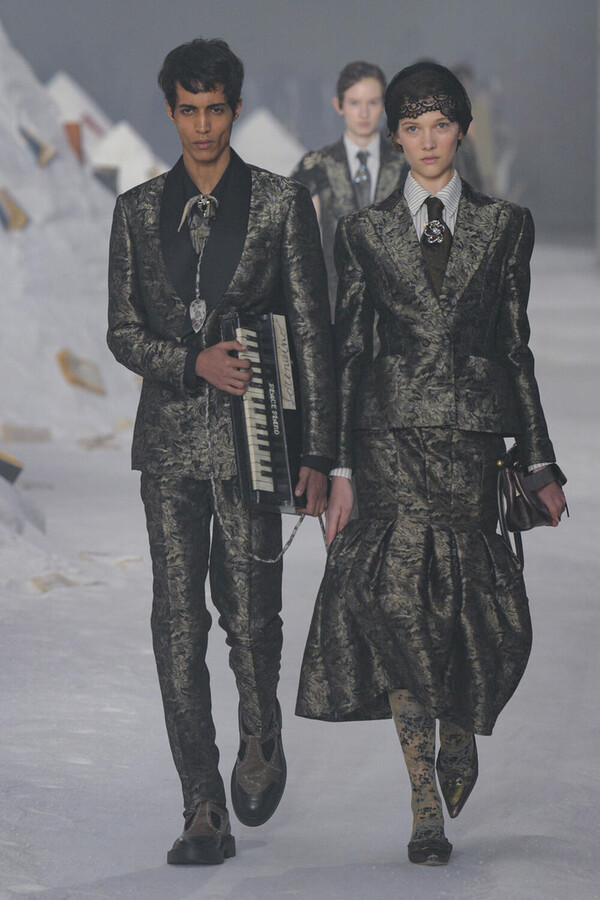
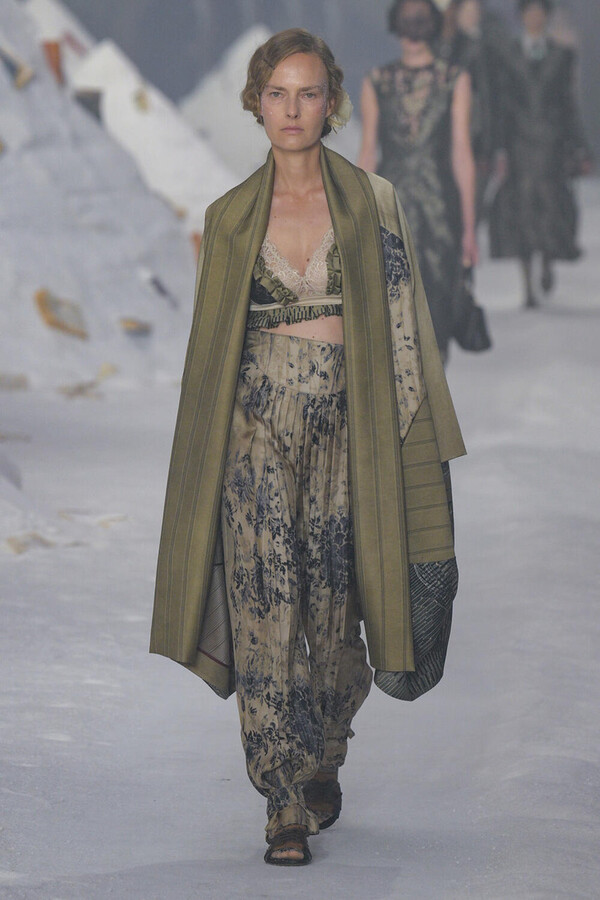
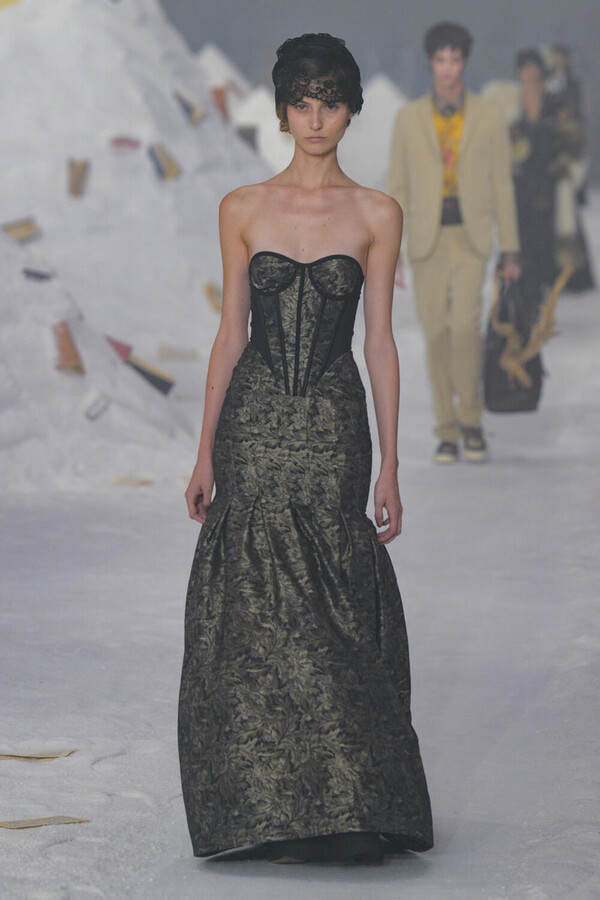
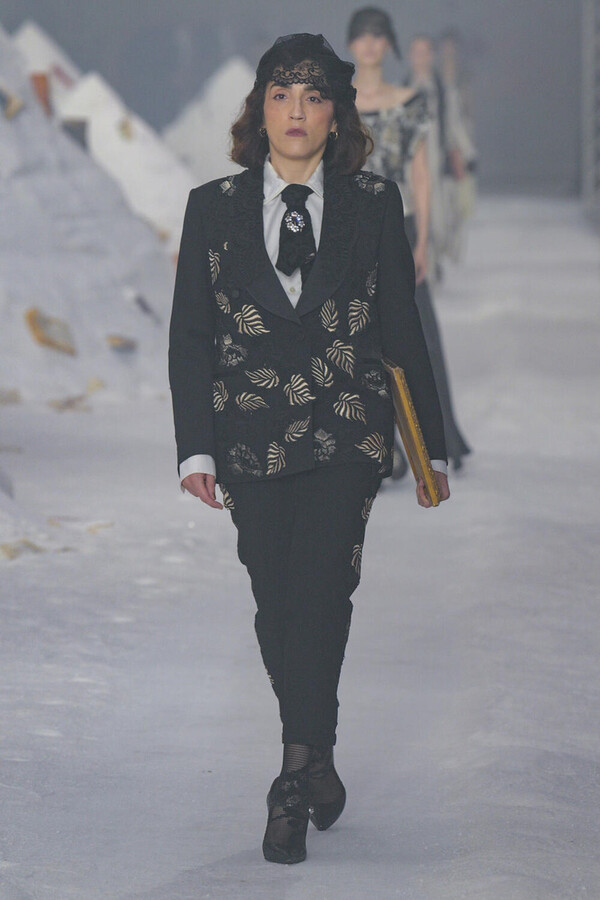
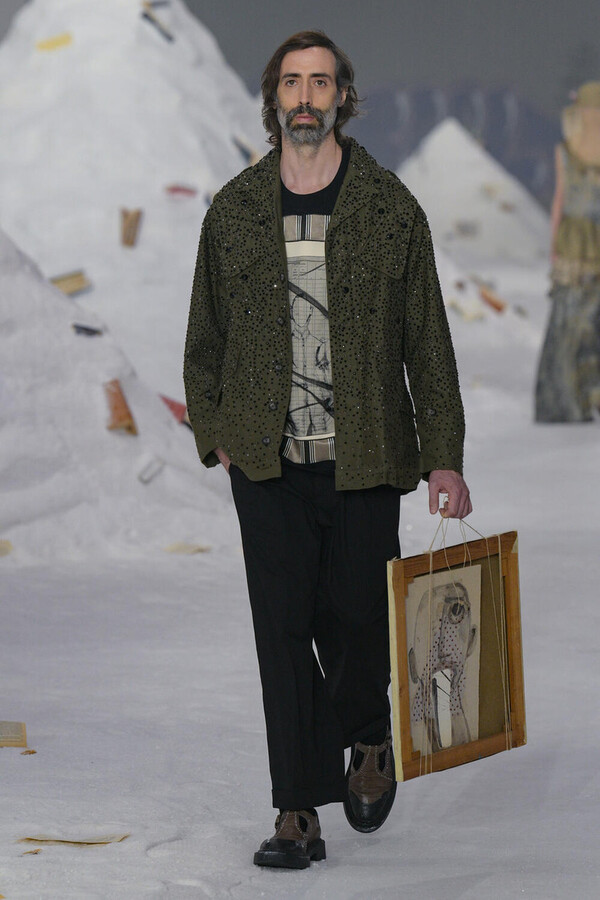
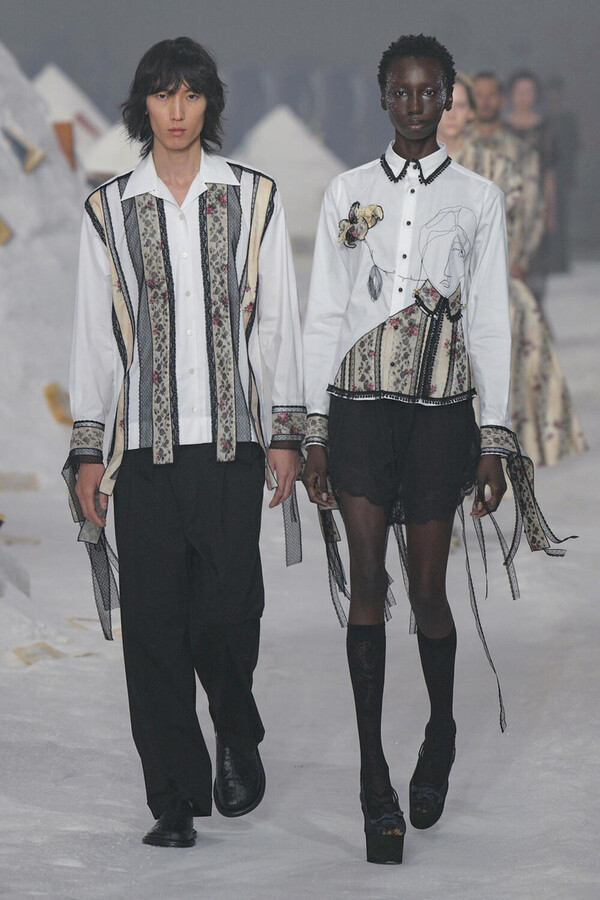
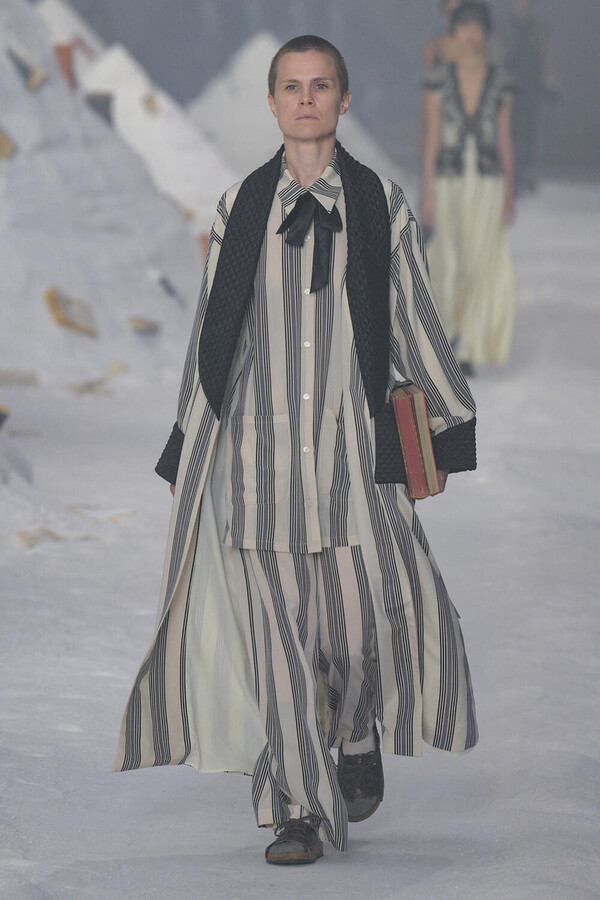
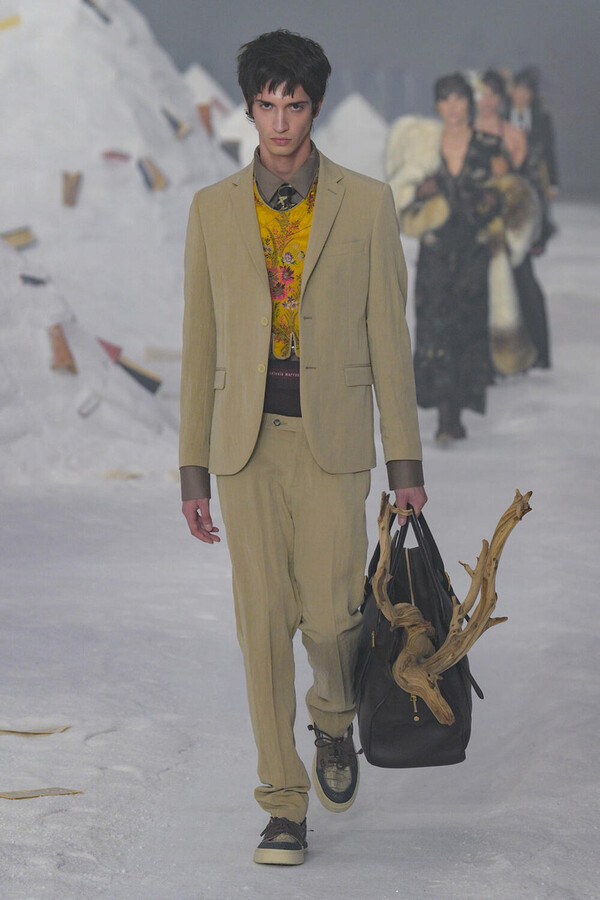
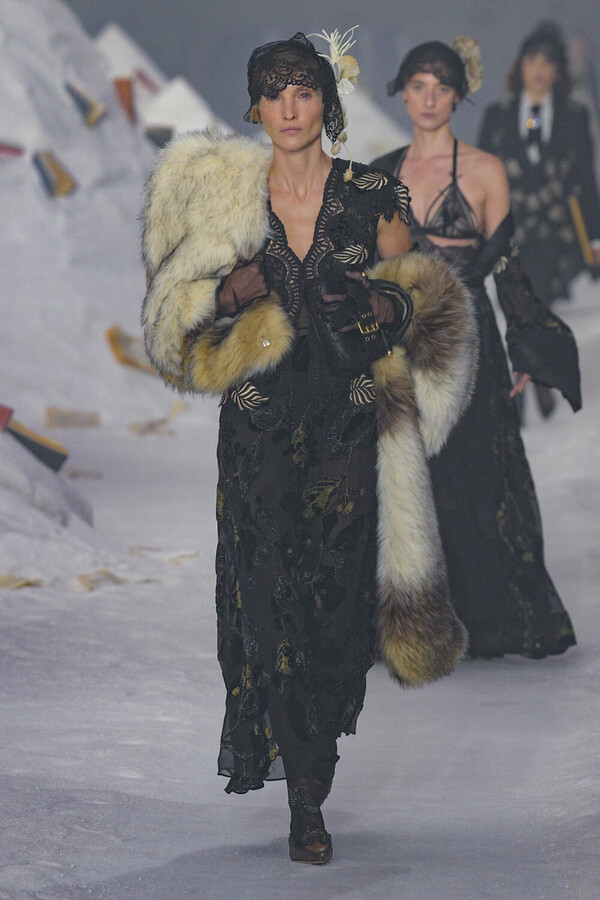
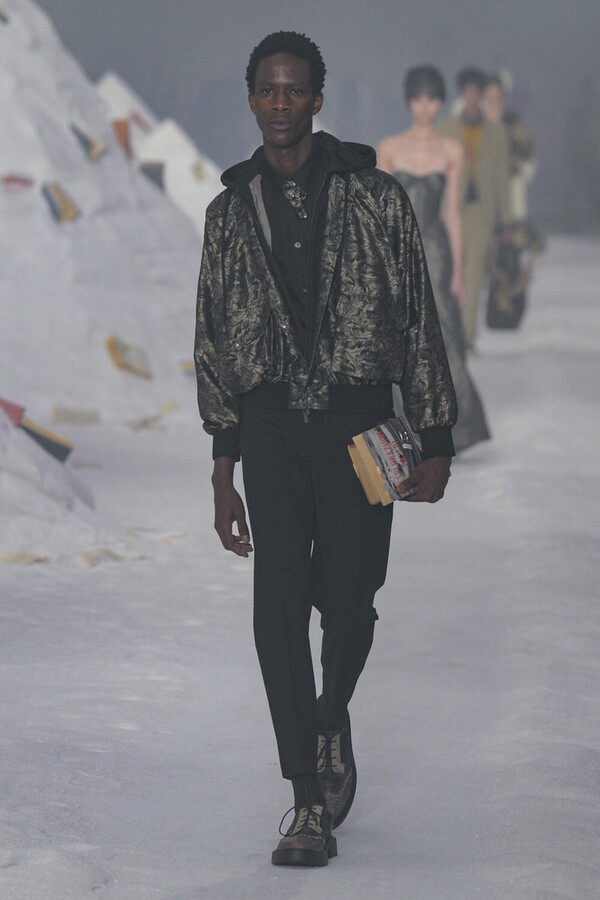
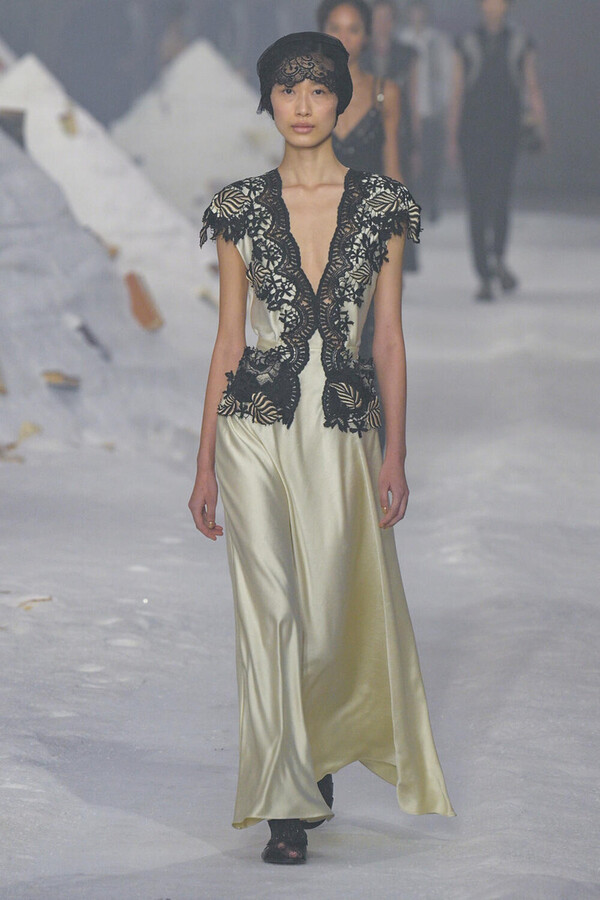
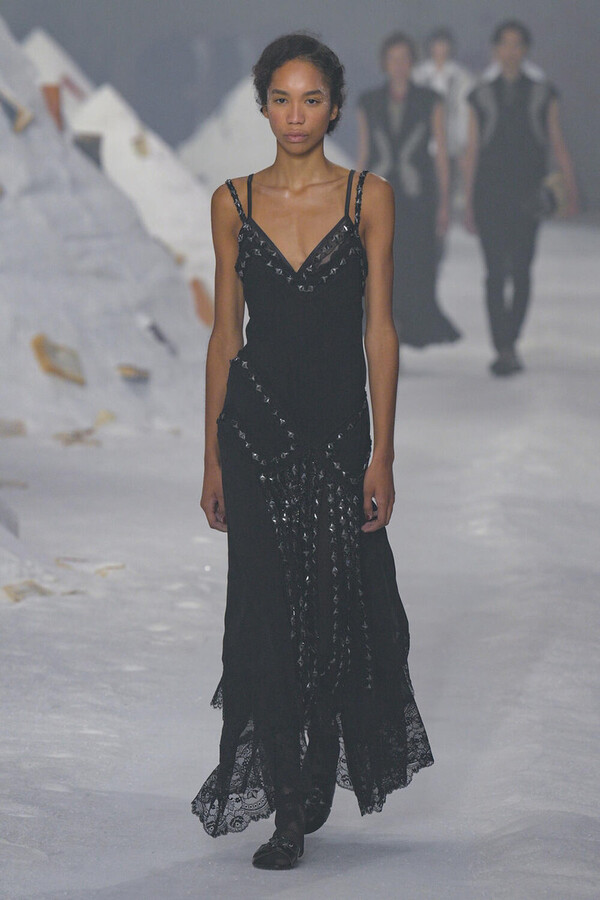
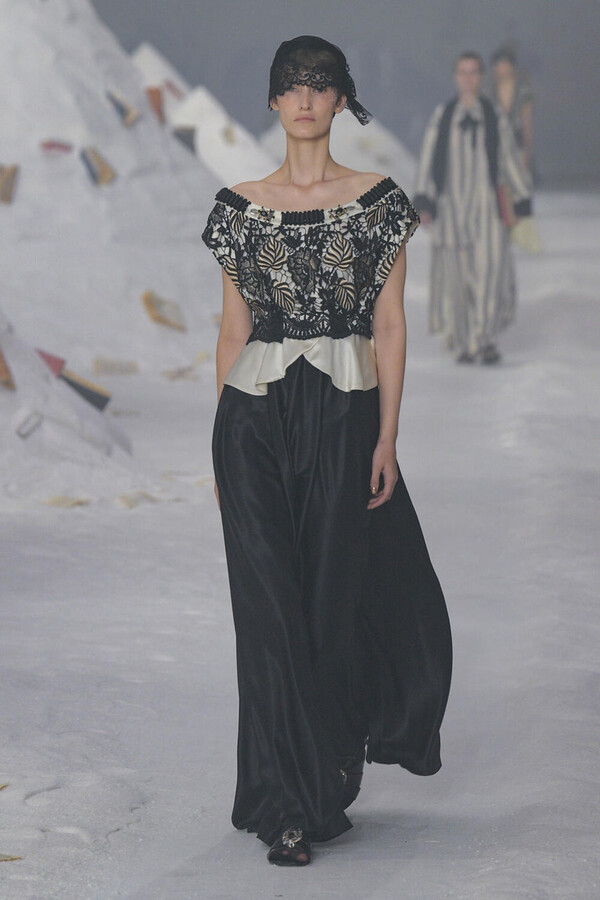
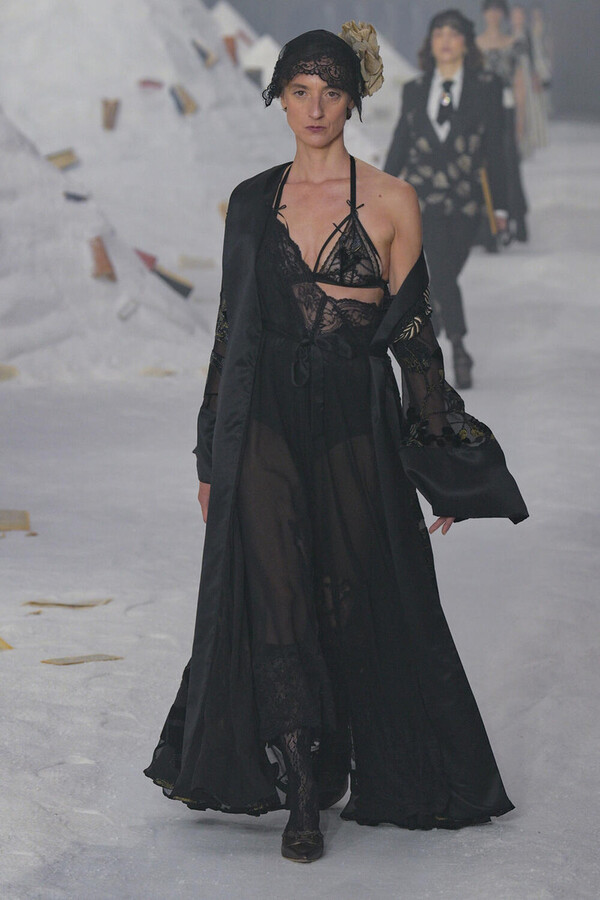
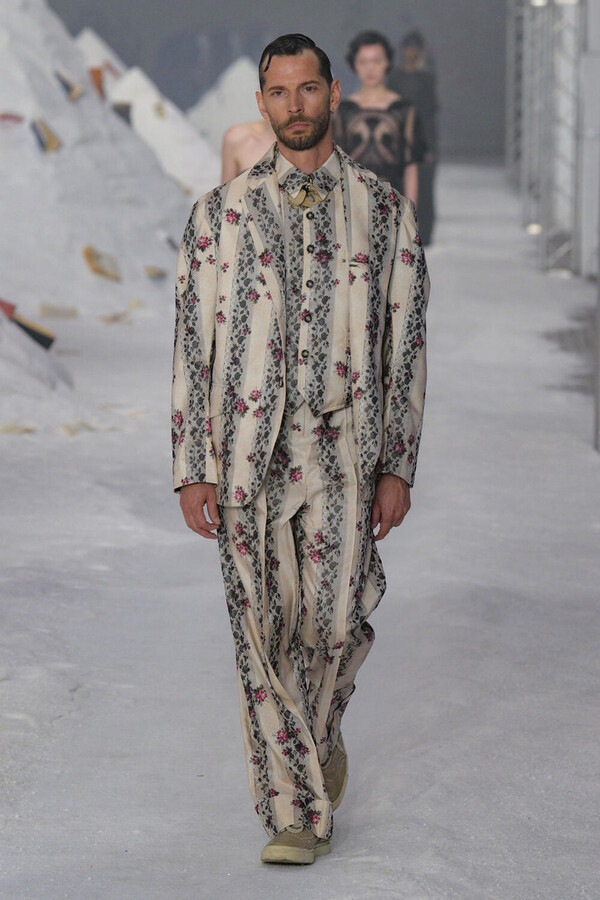
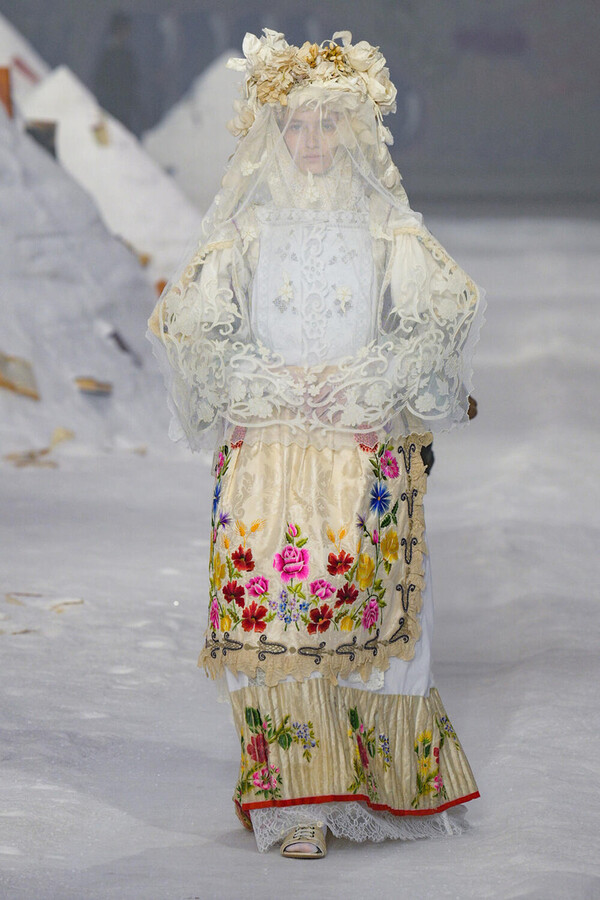
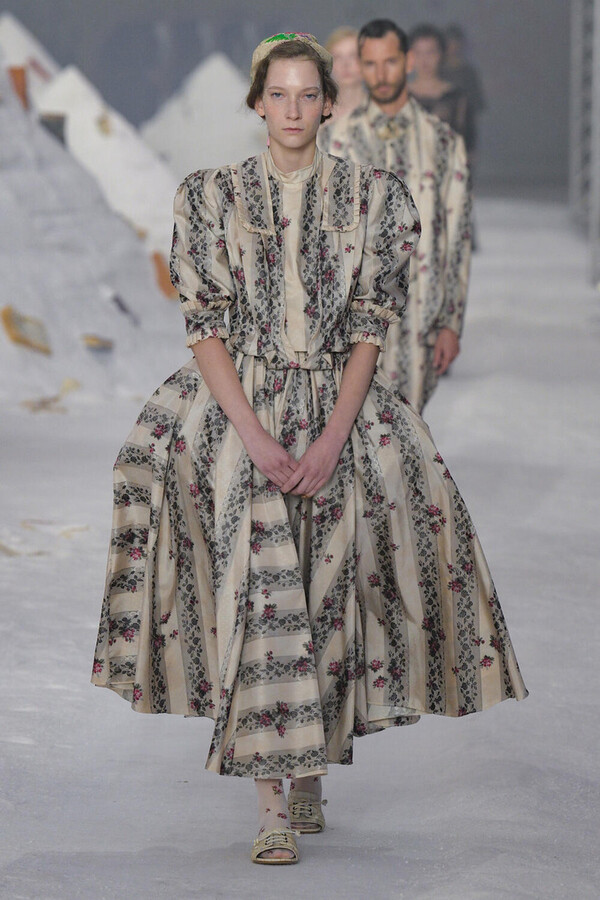
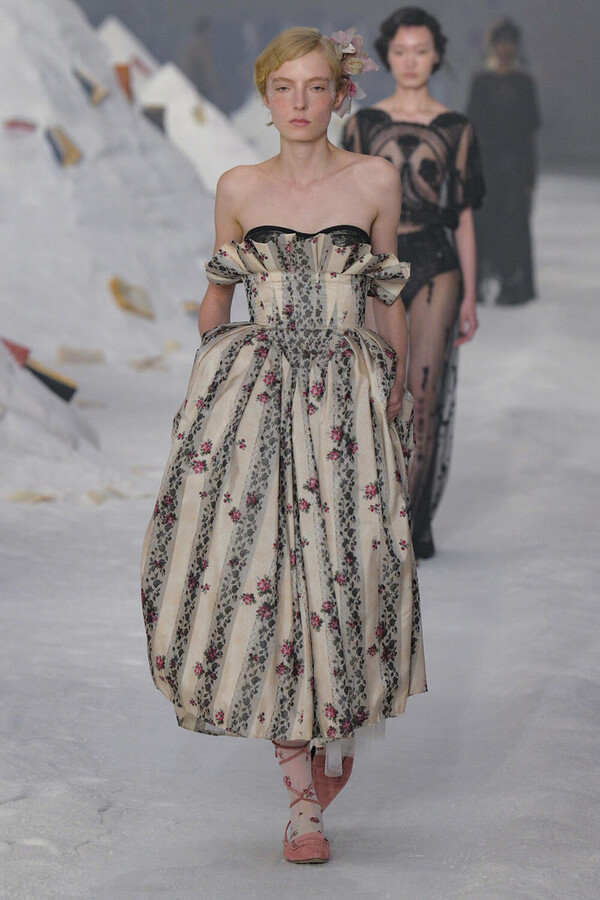
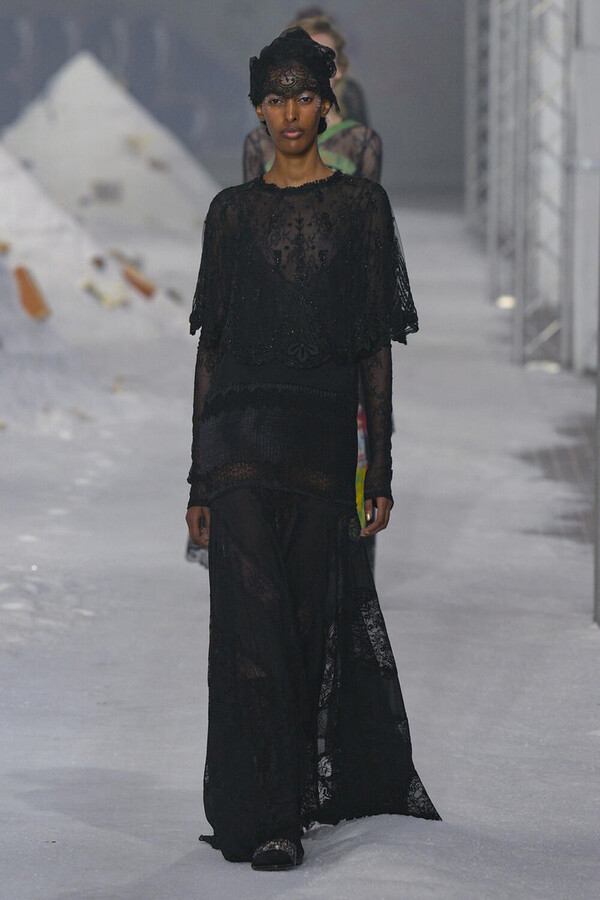
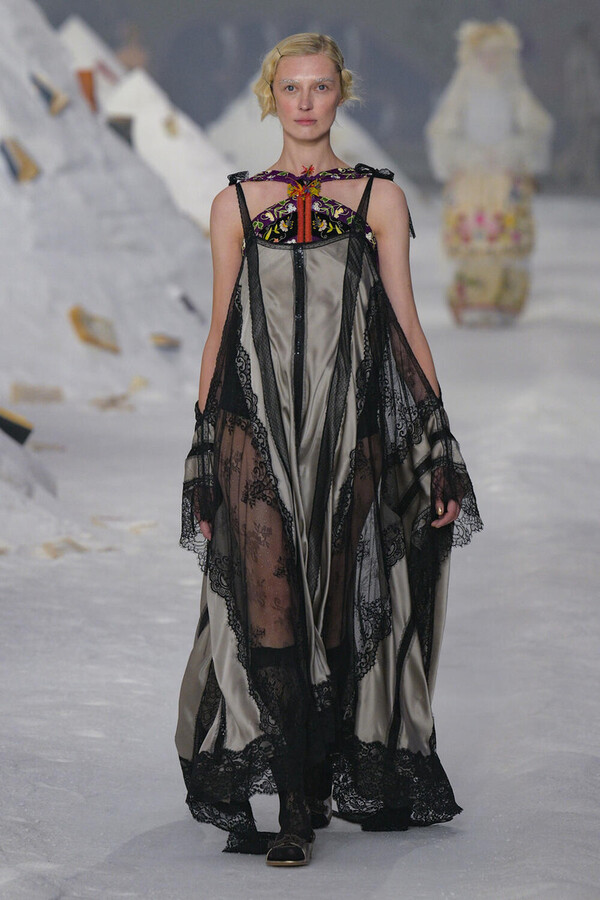
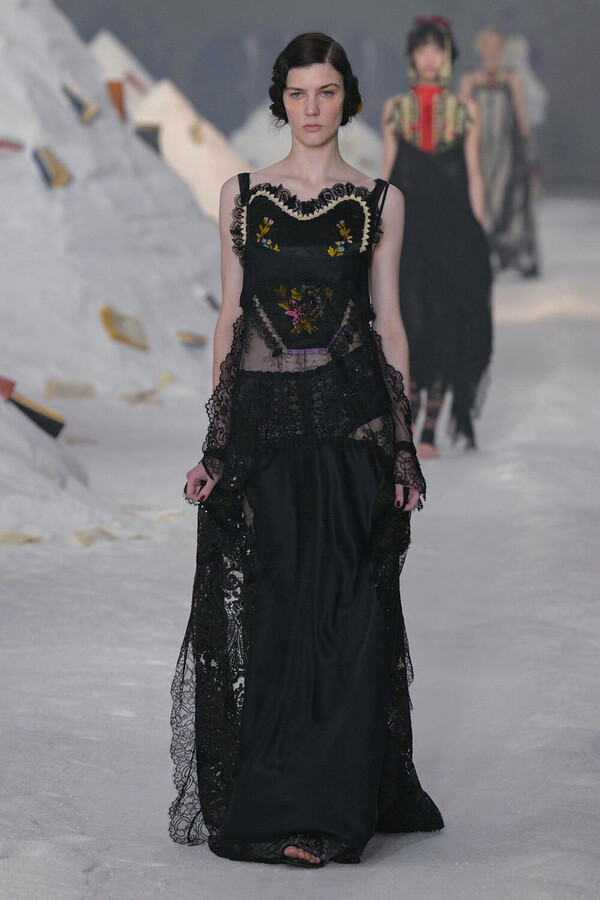
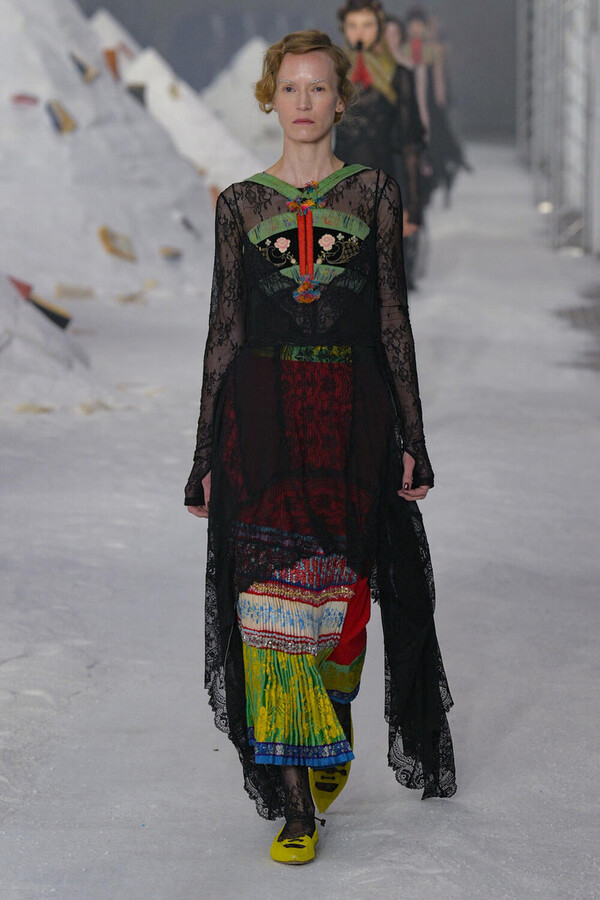
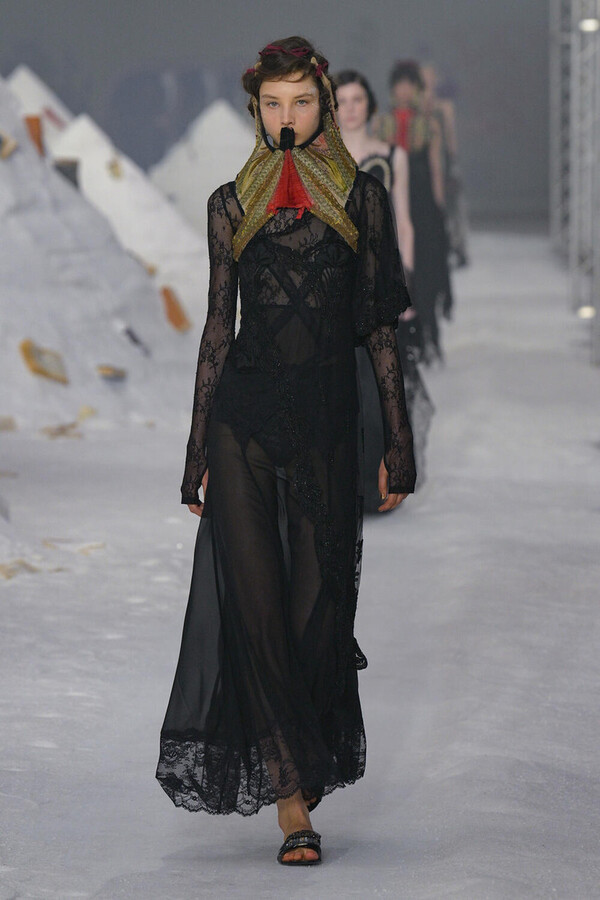
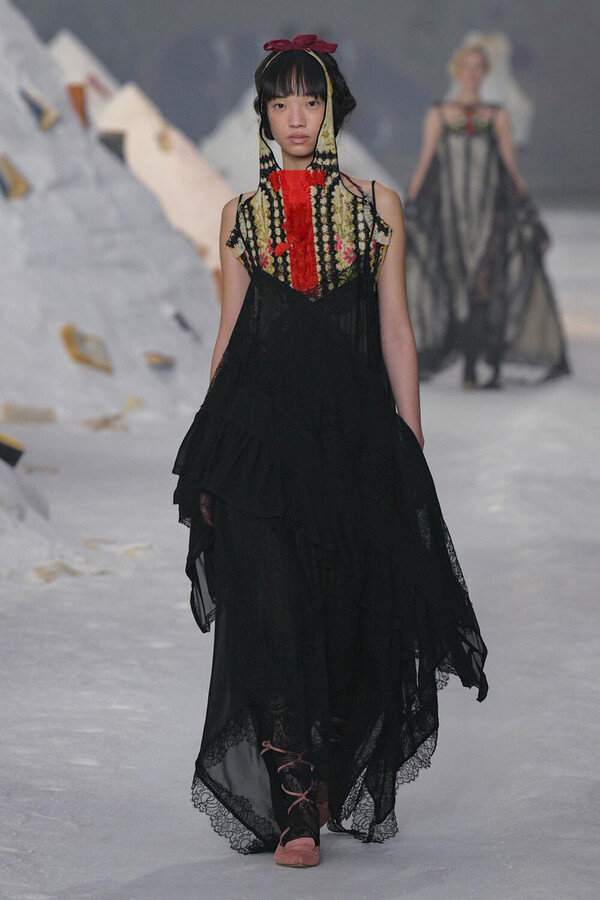
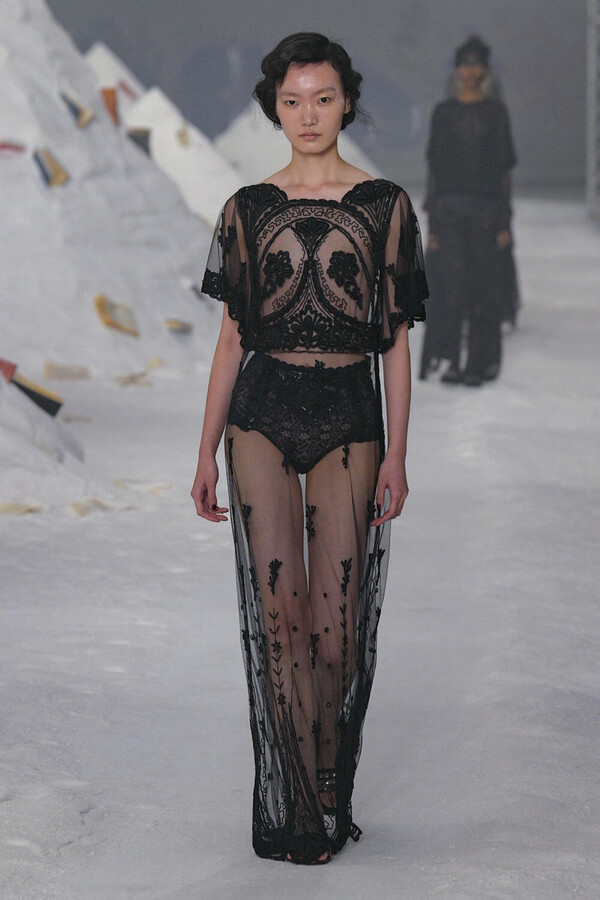
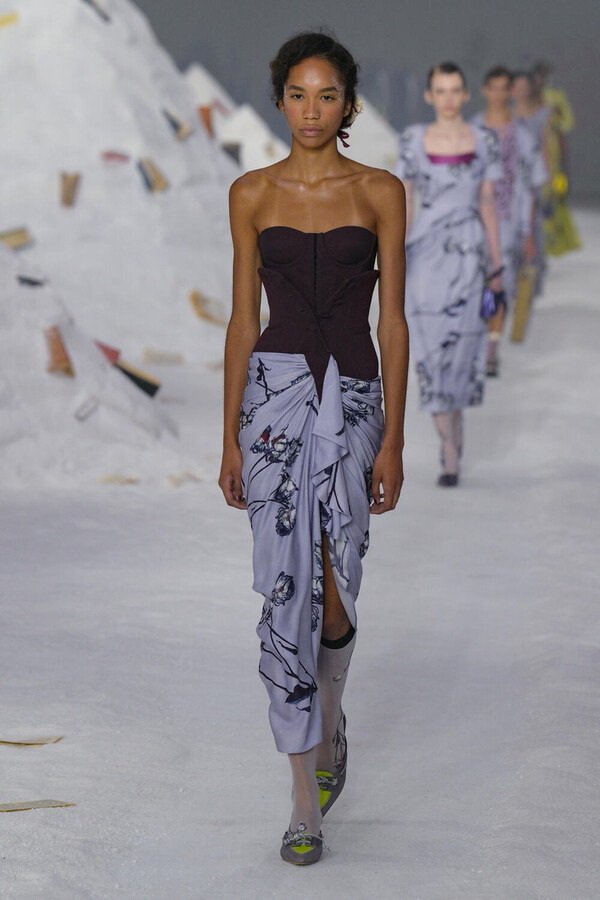
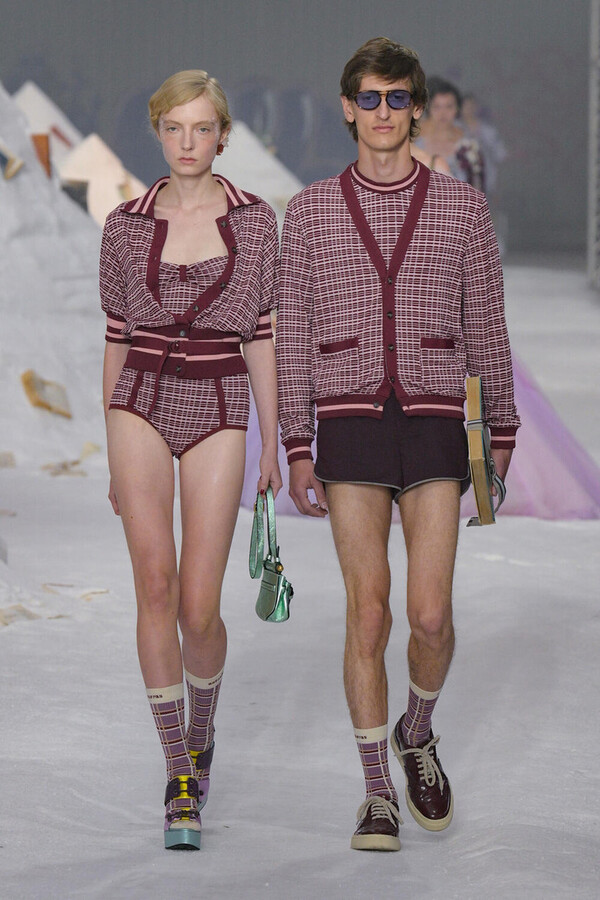
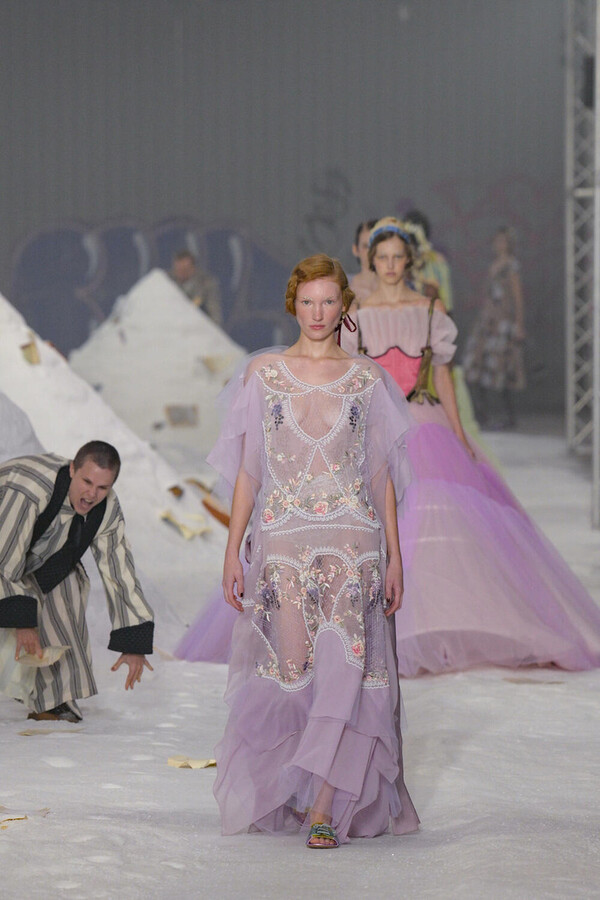
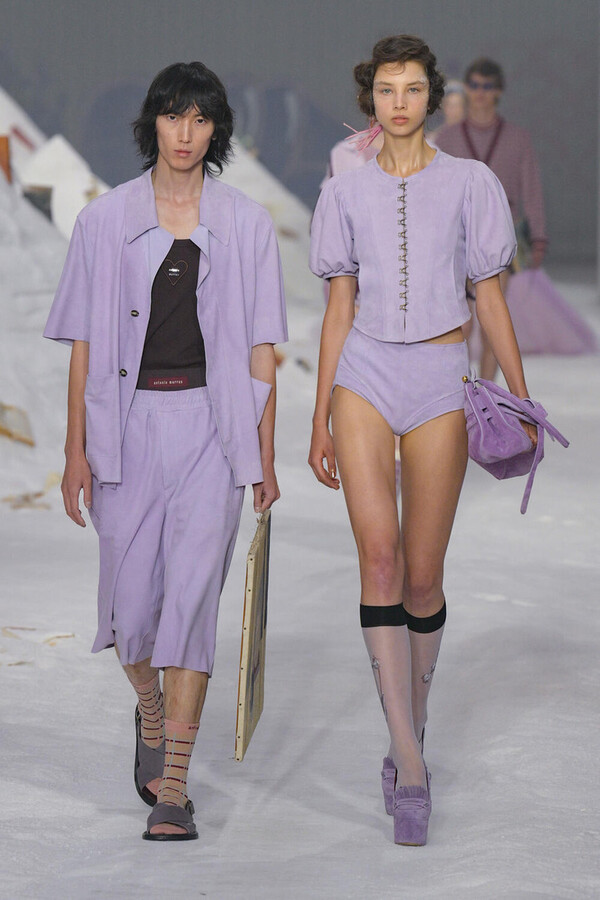
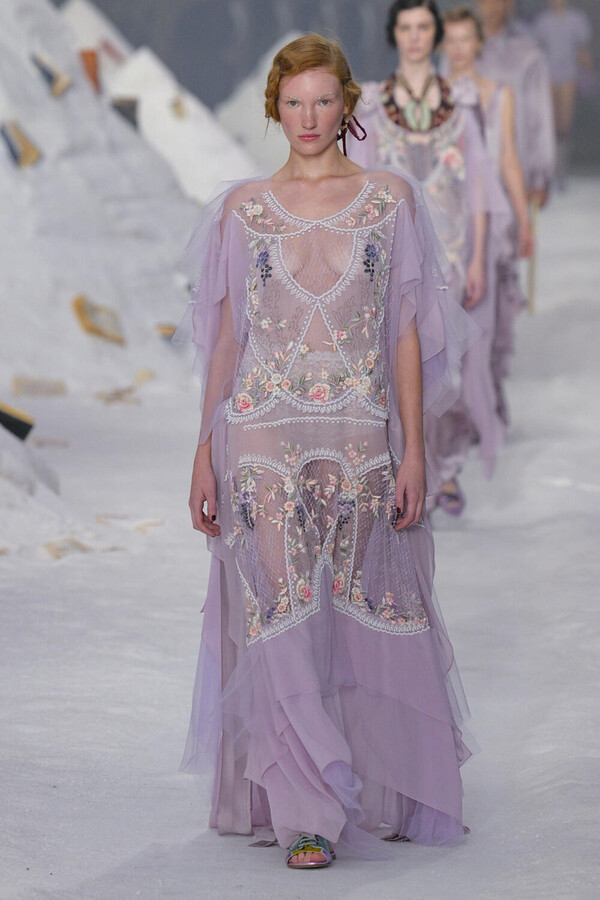
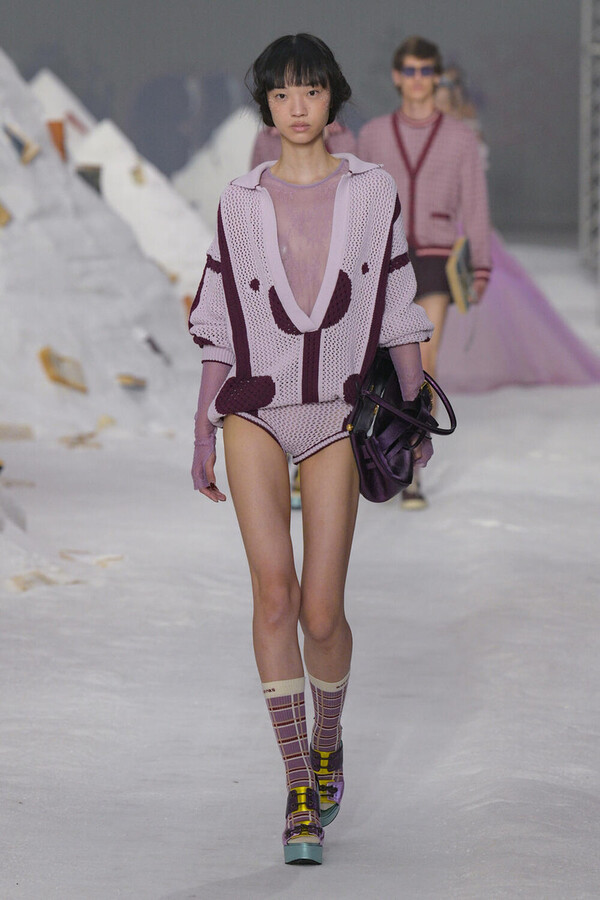
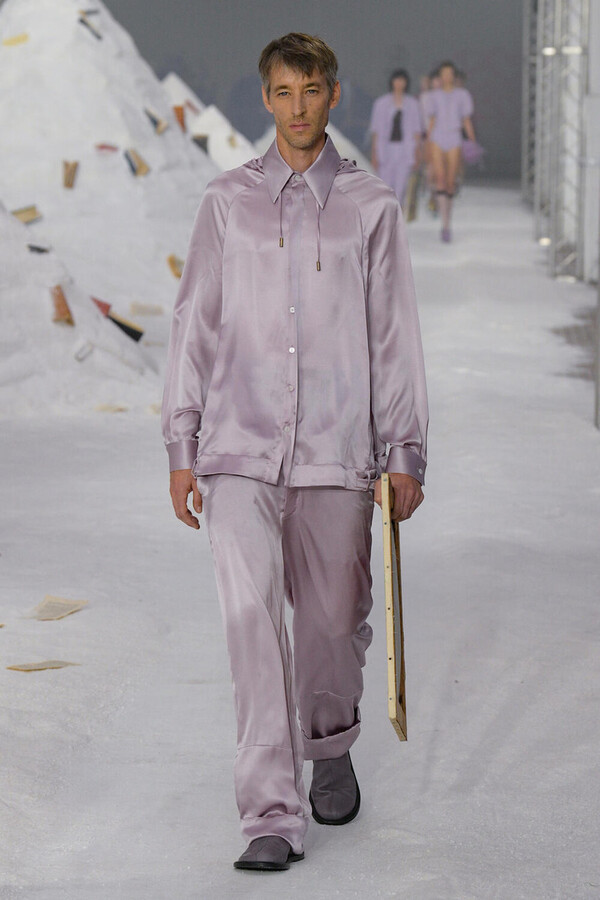
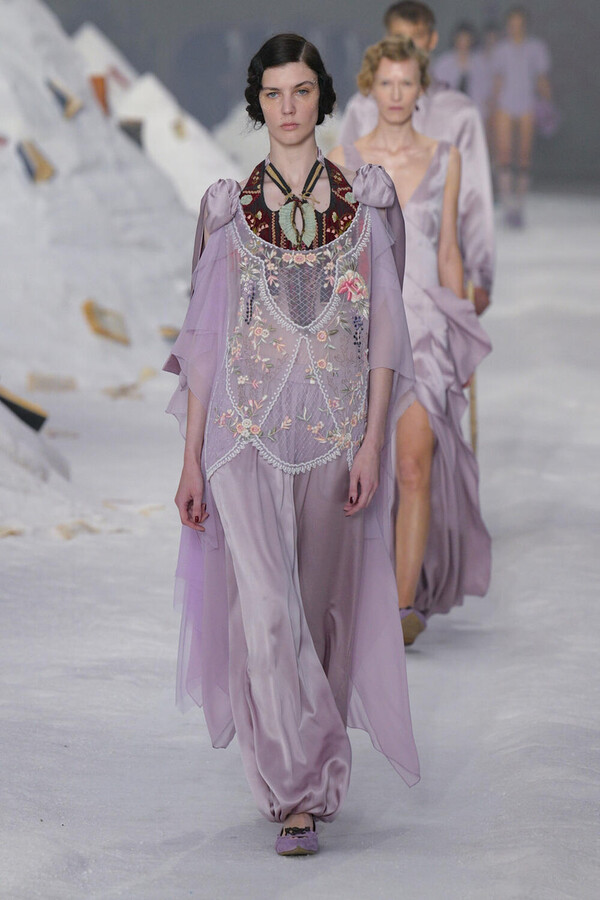
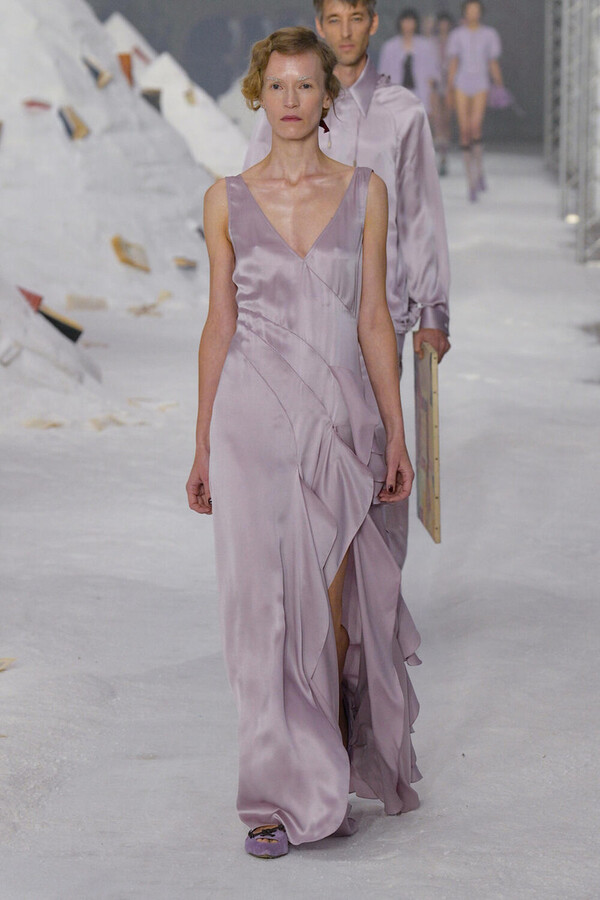
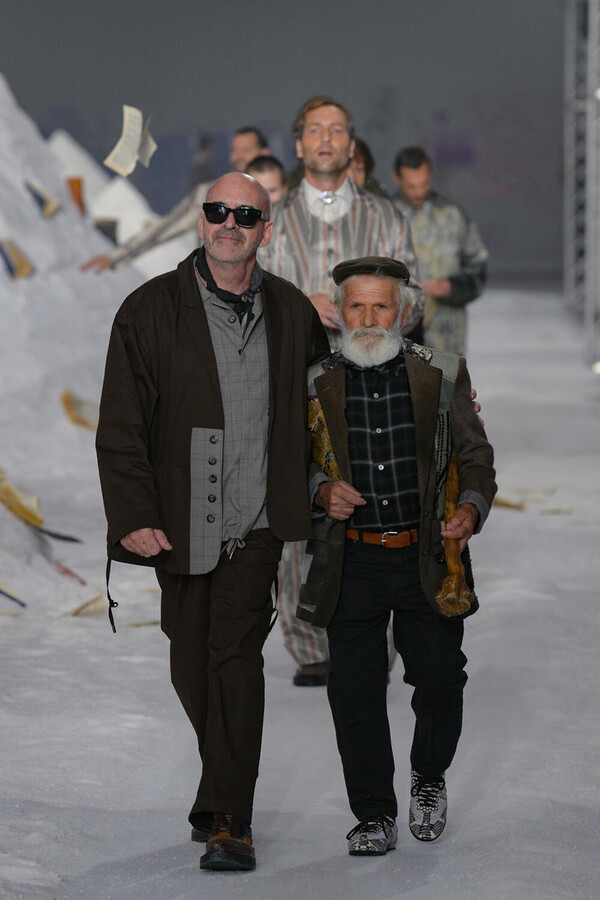
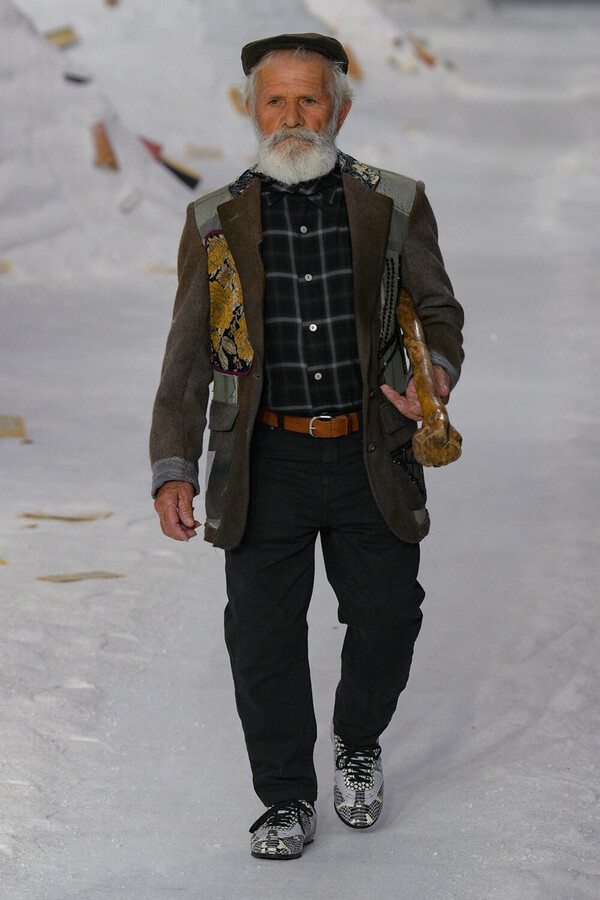
All images courtsey of Antonio Marras